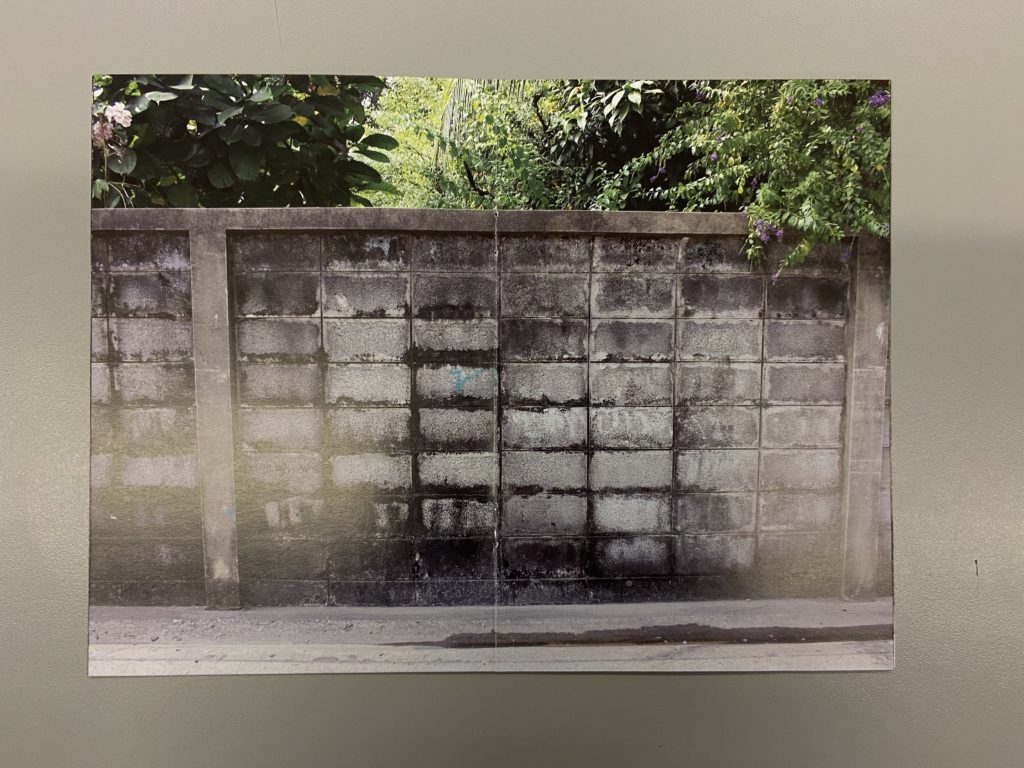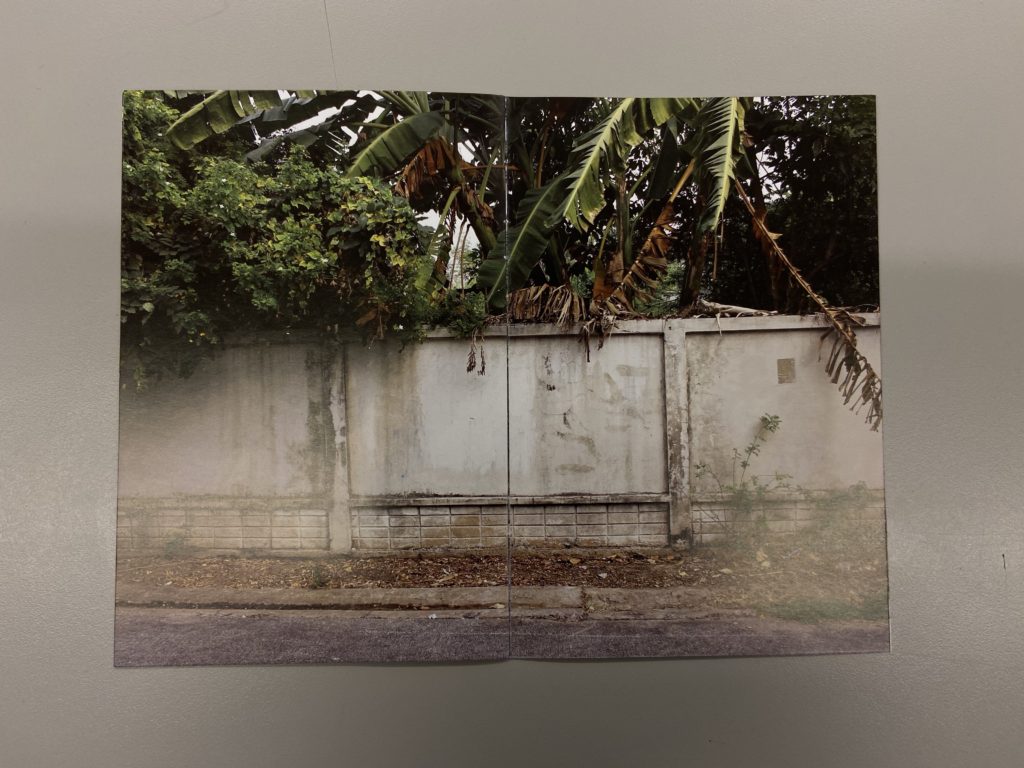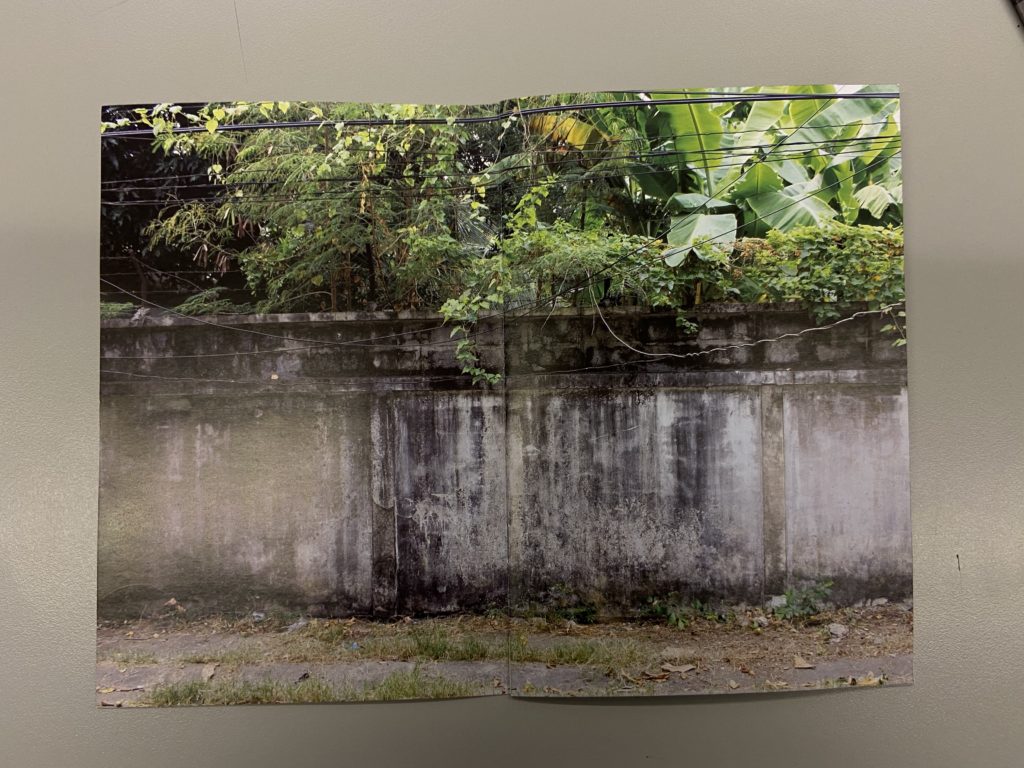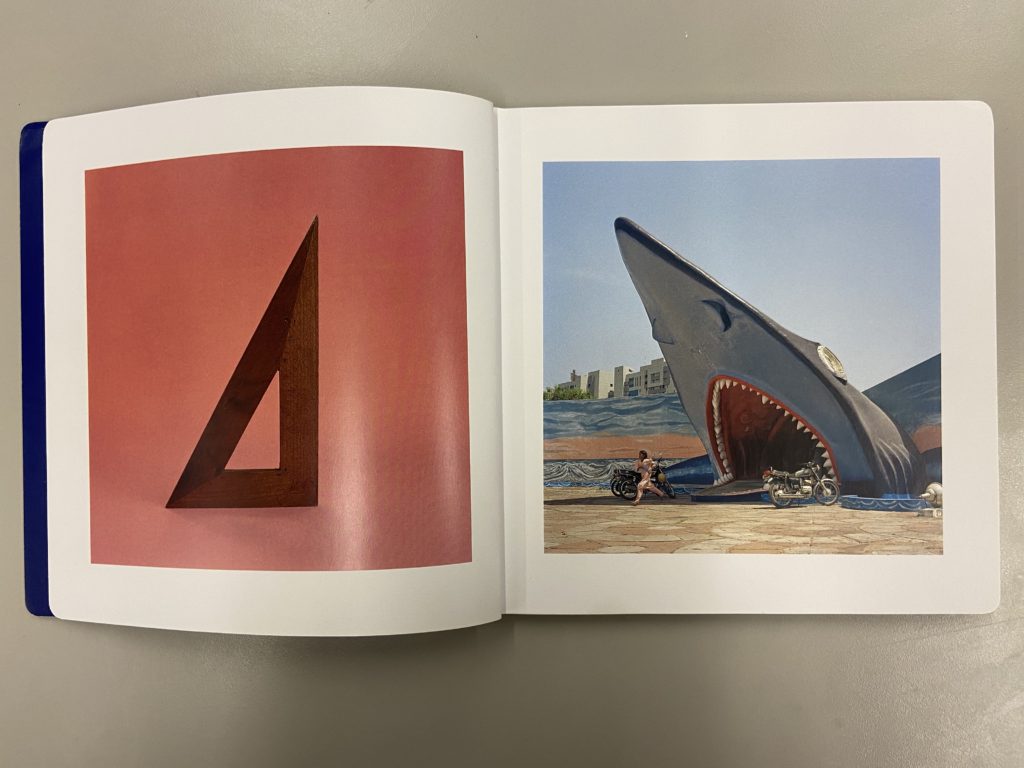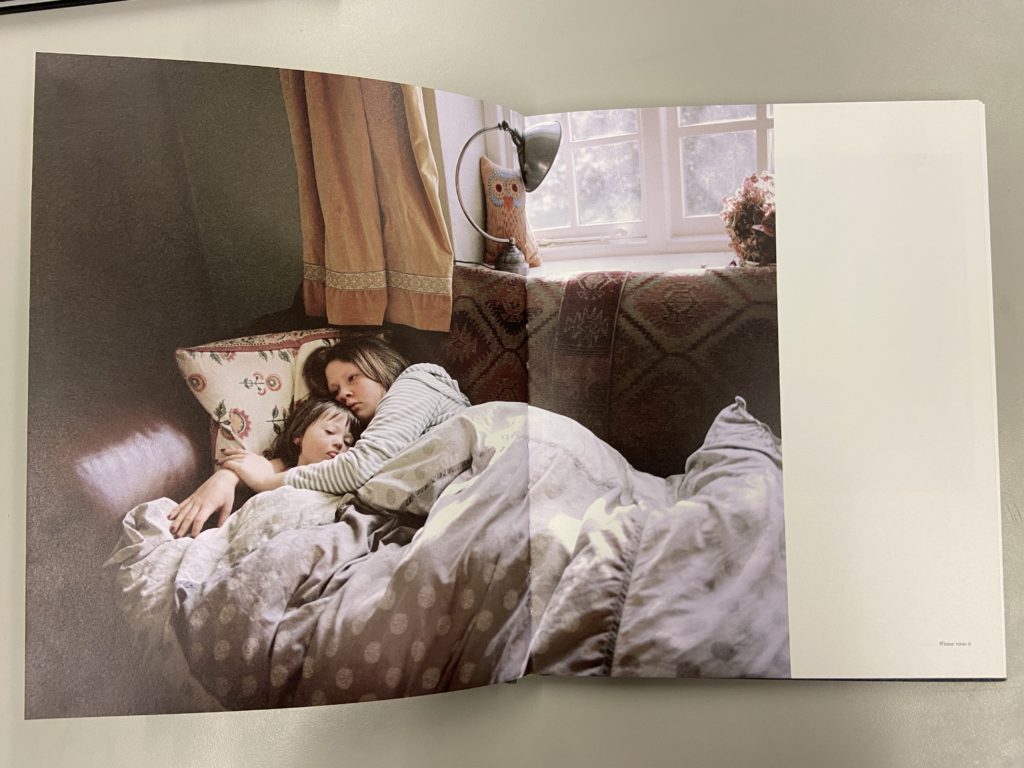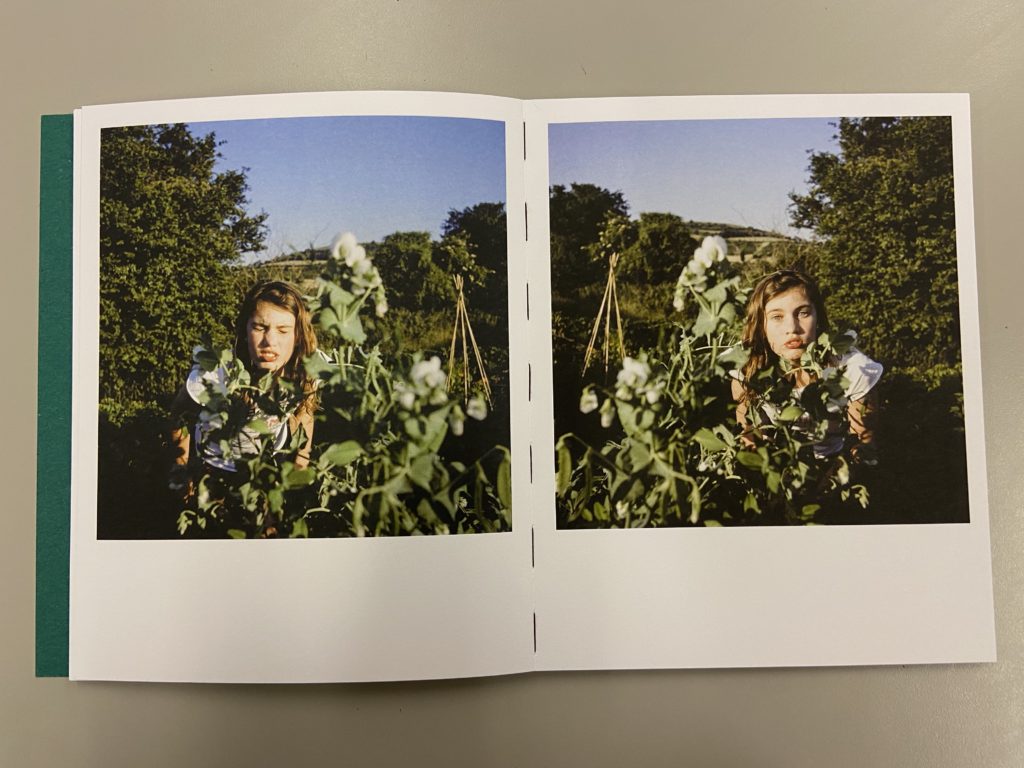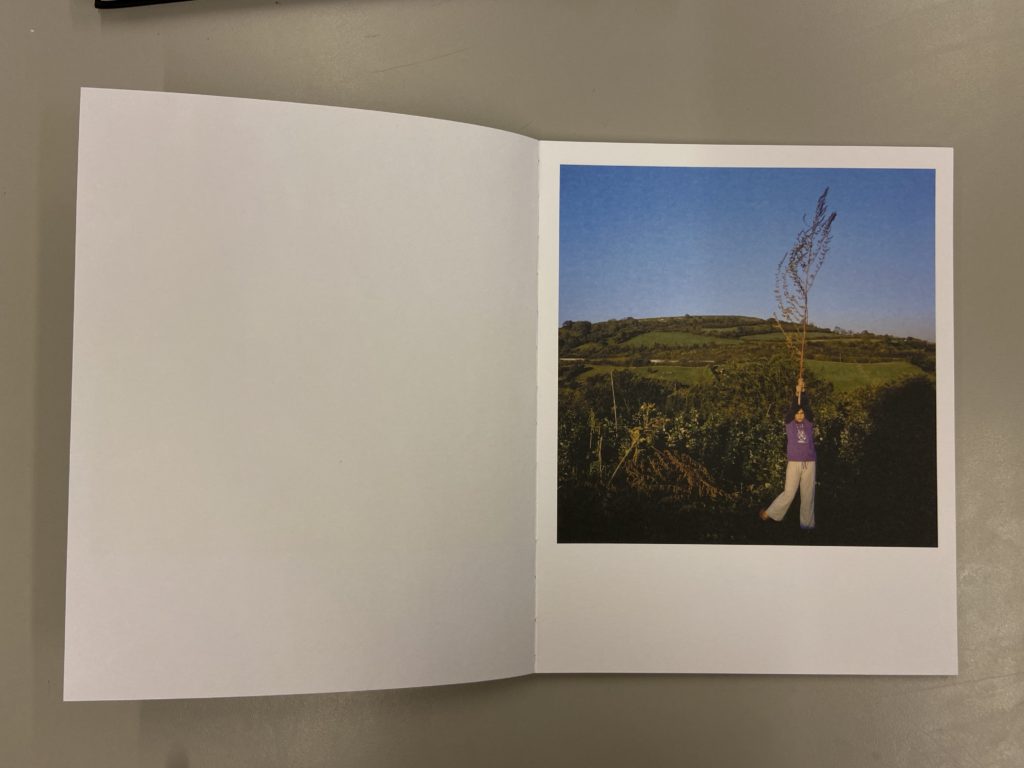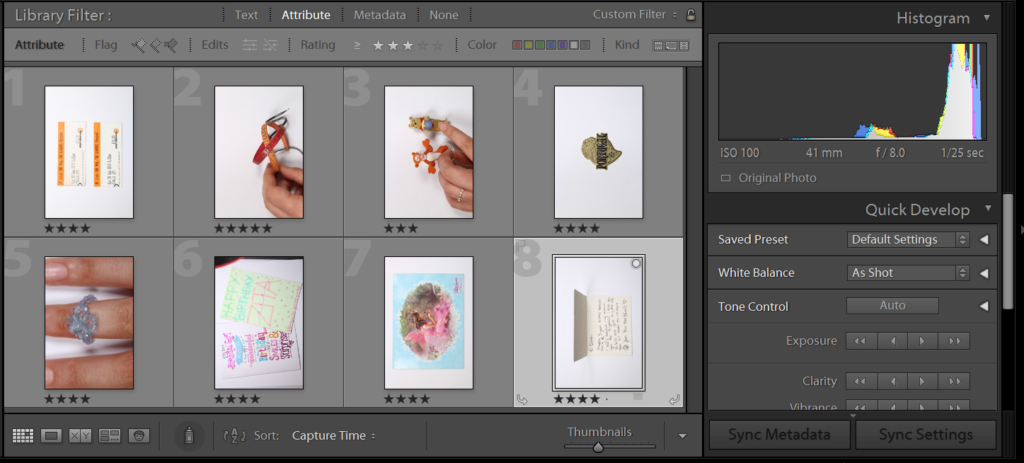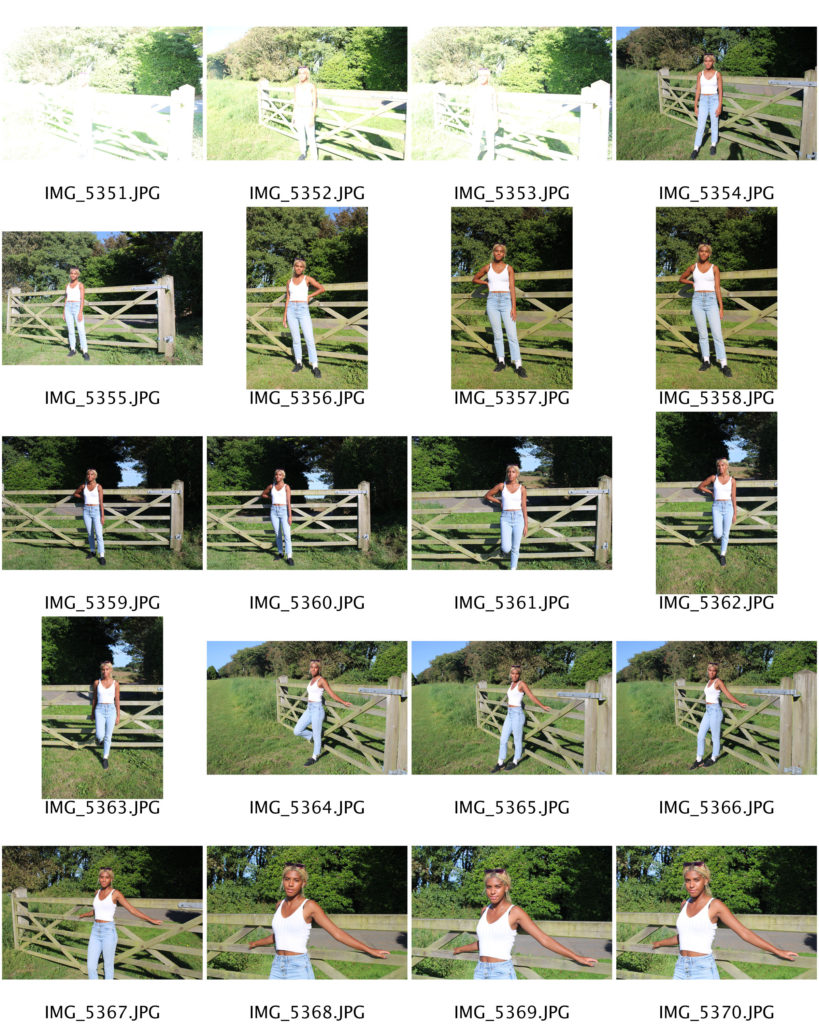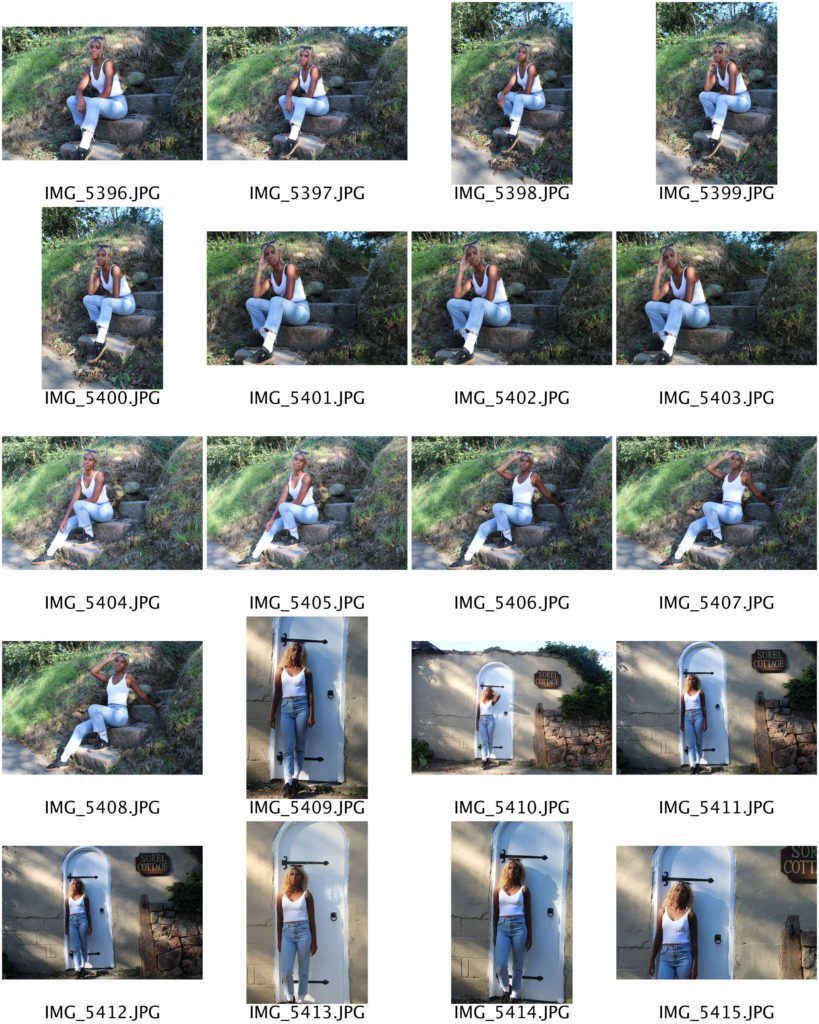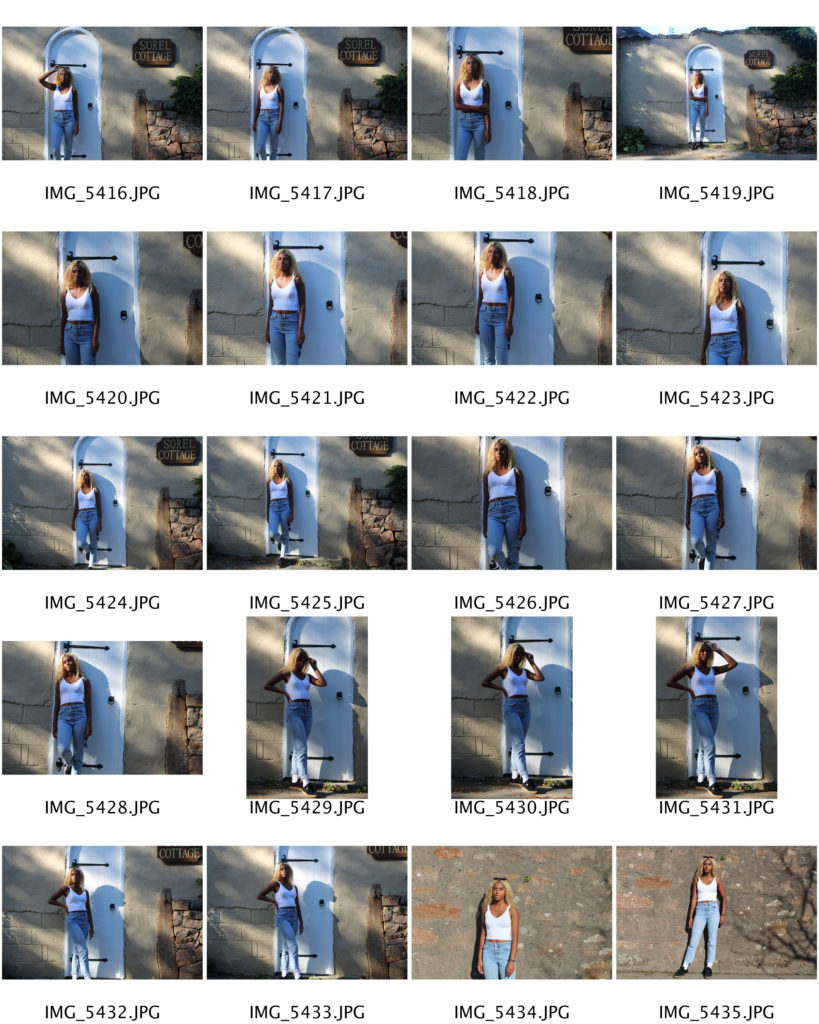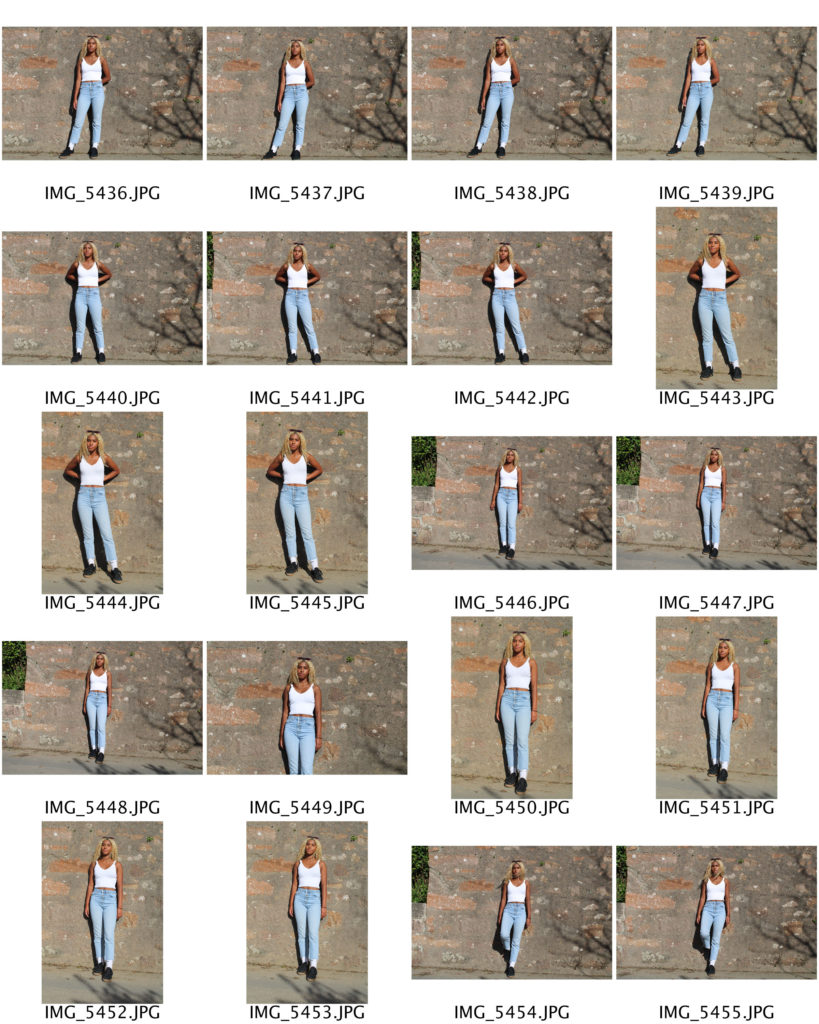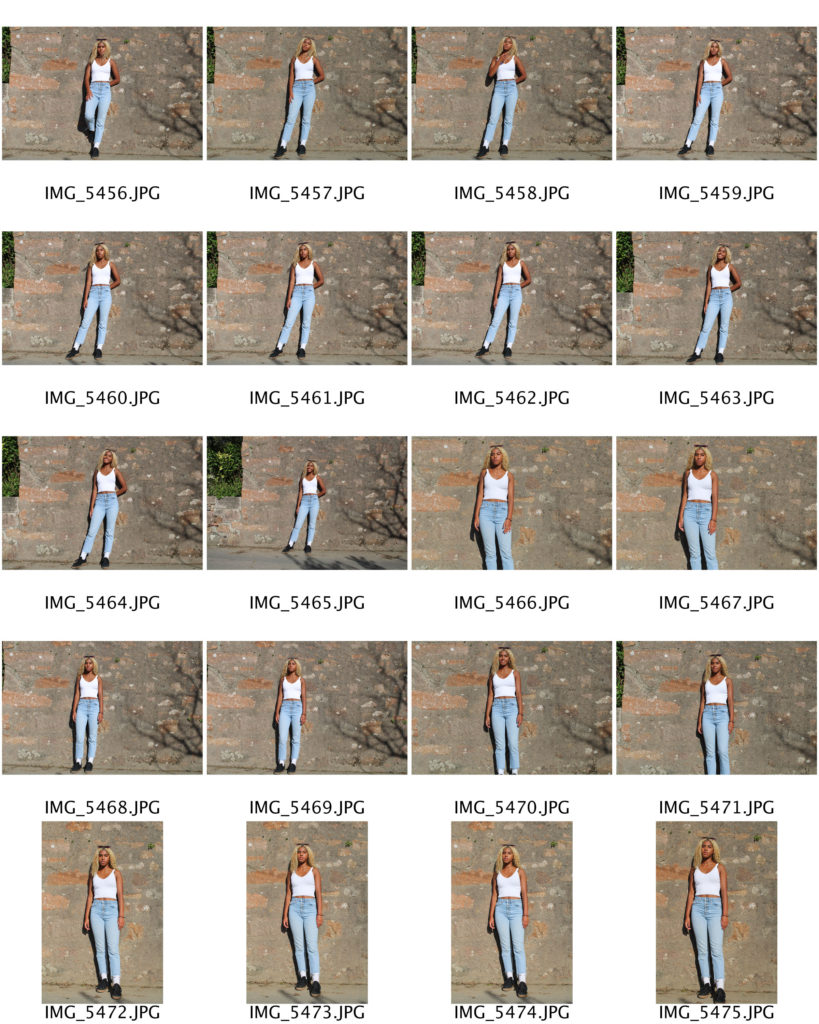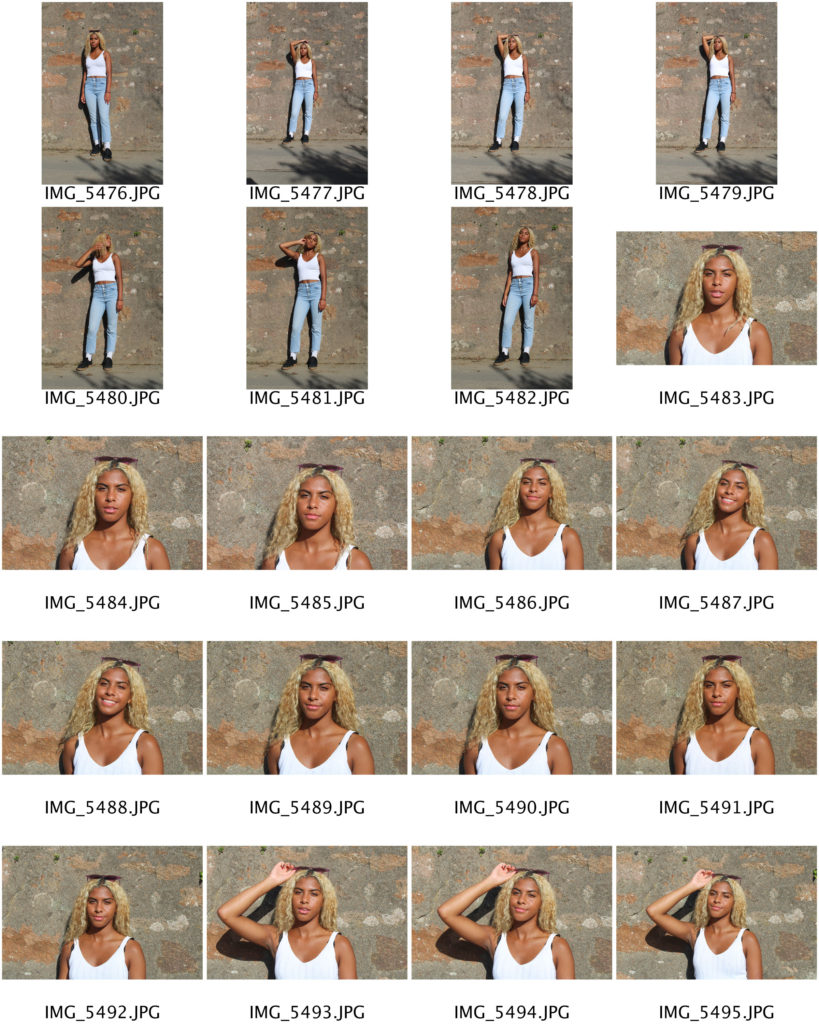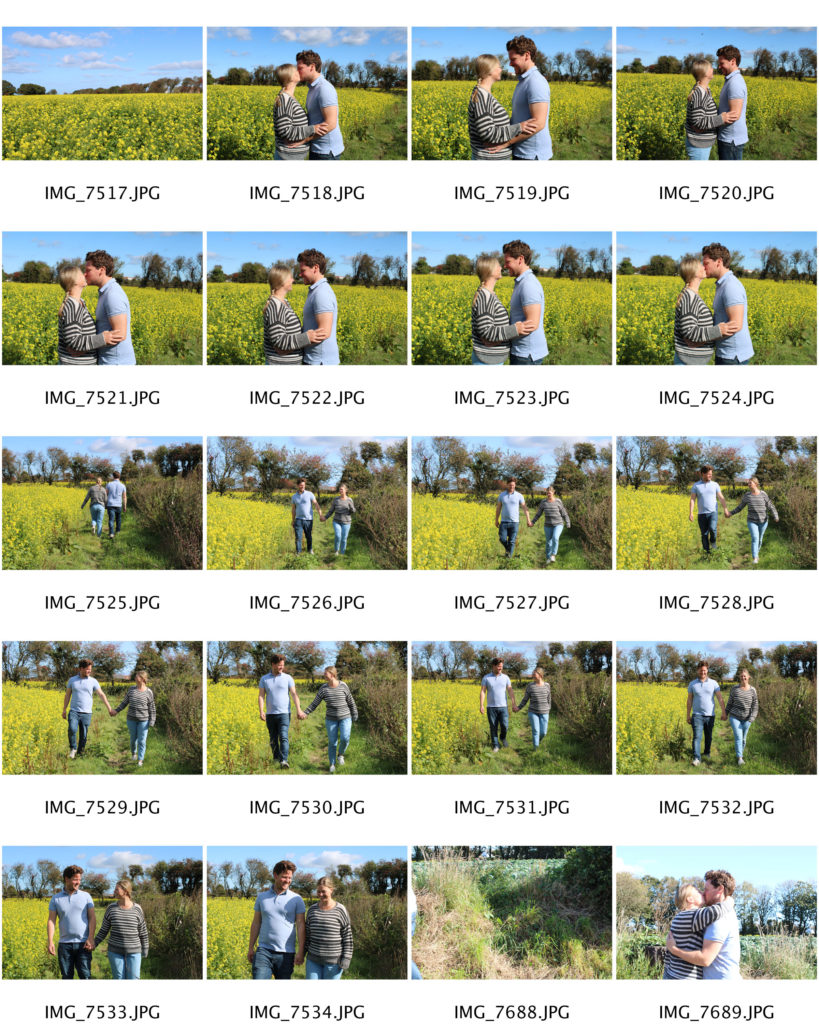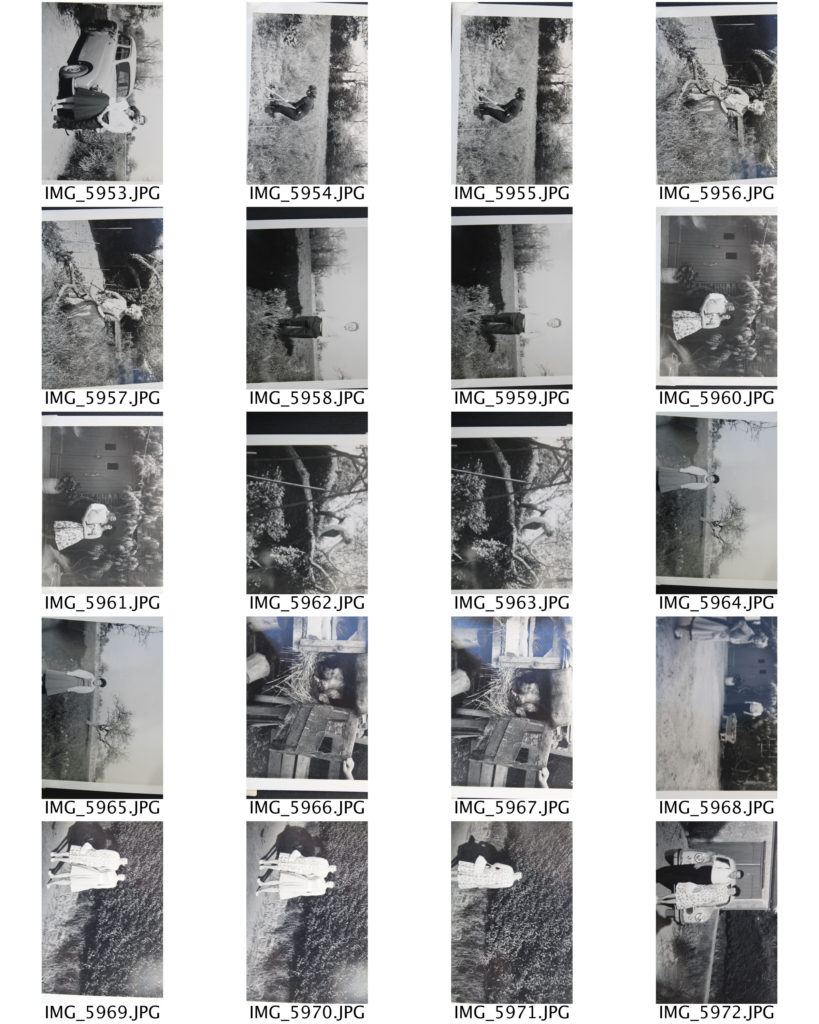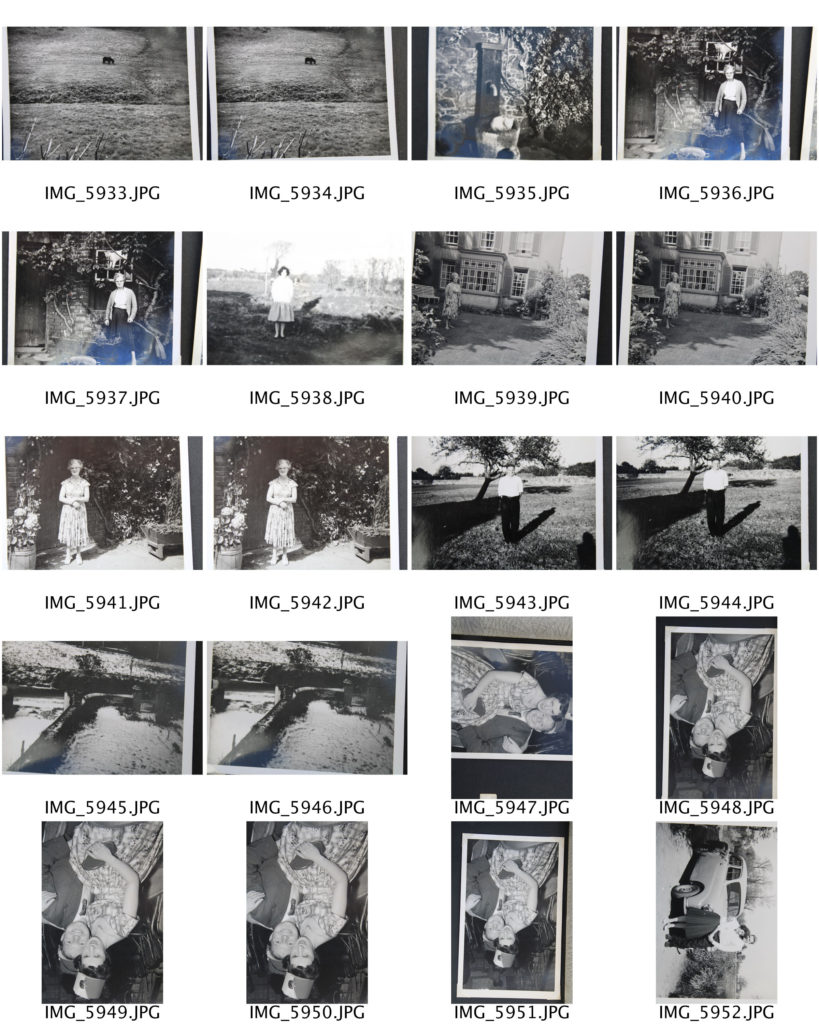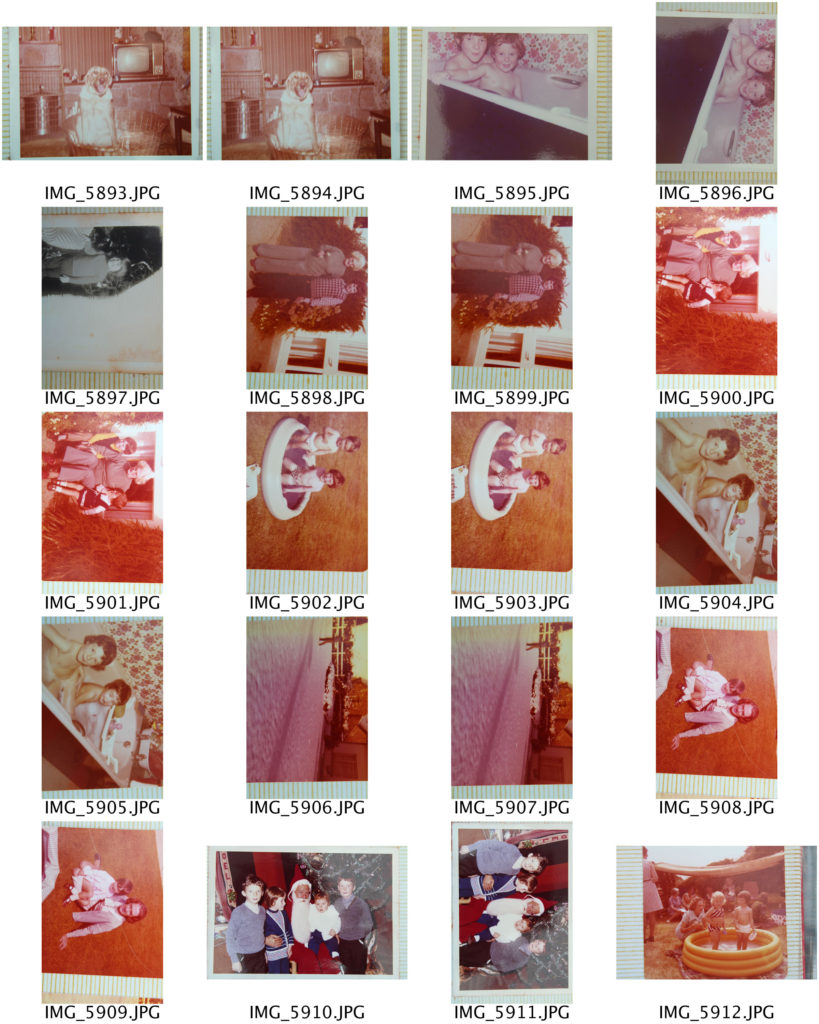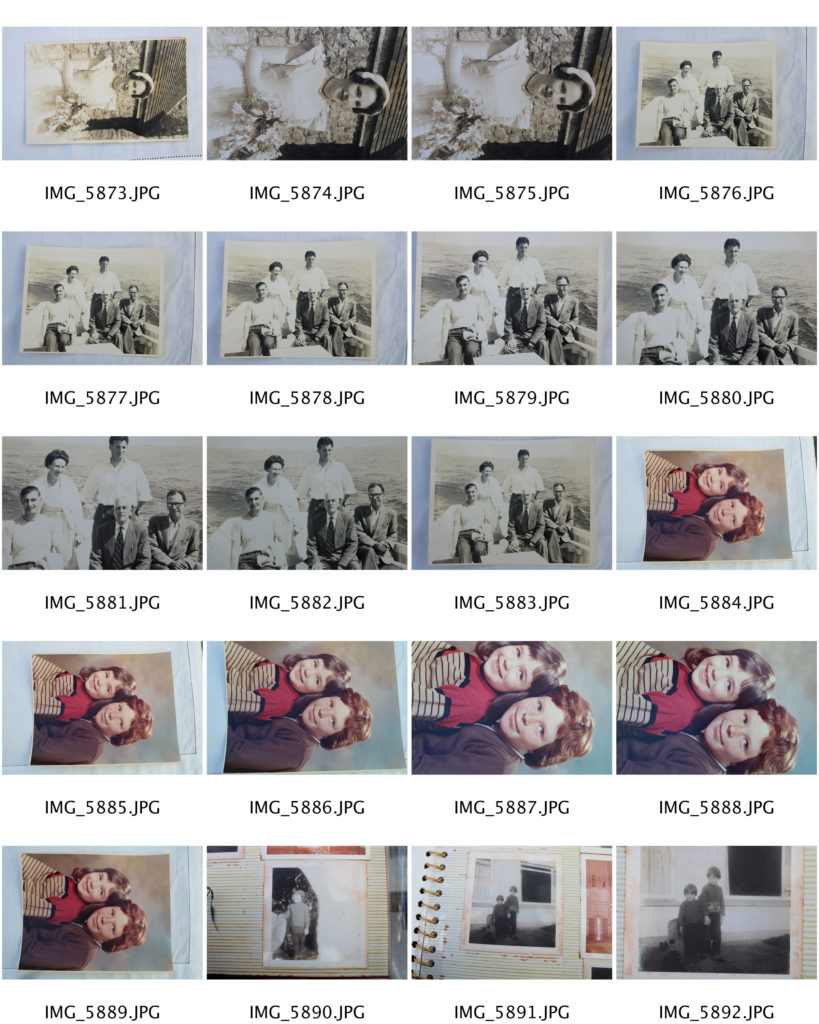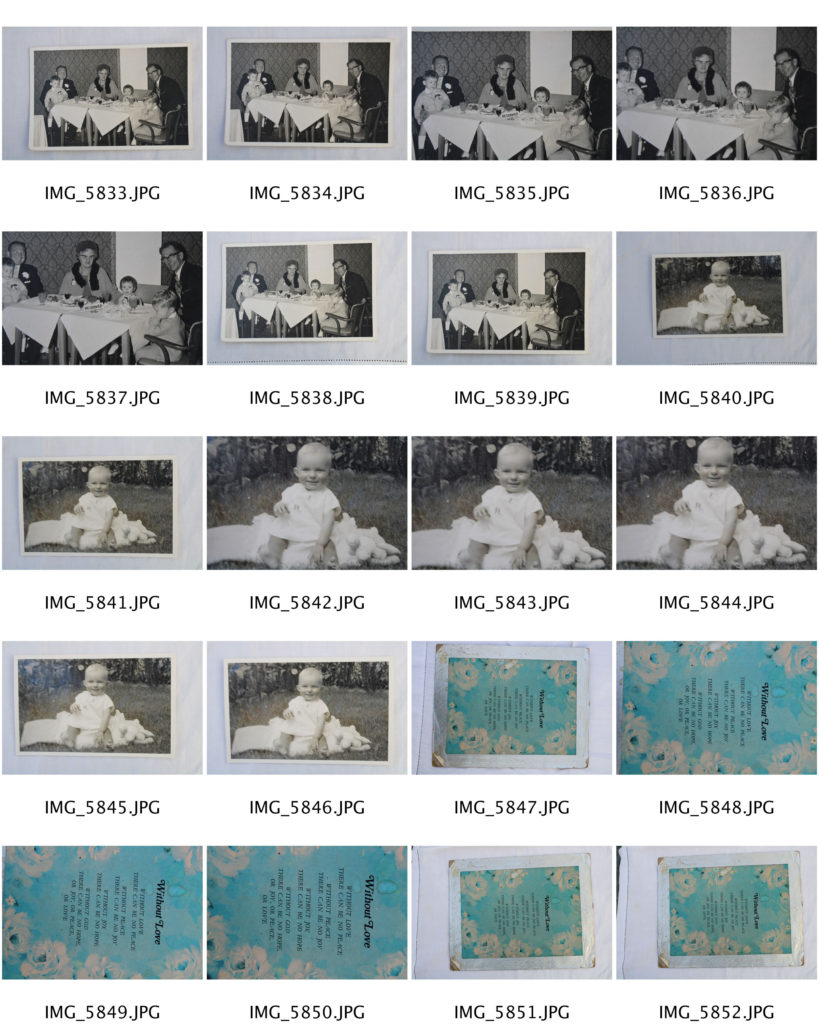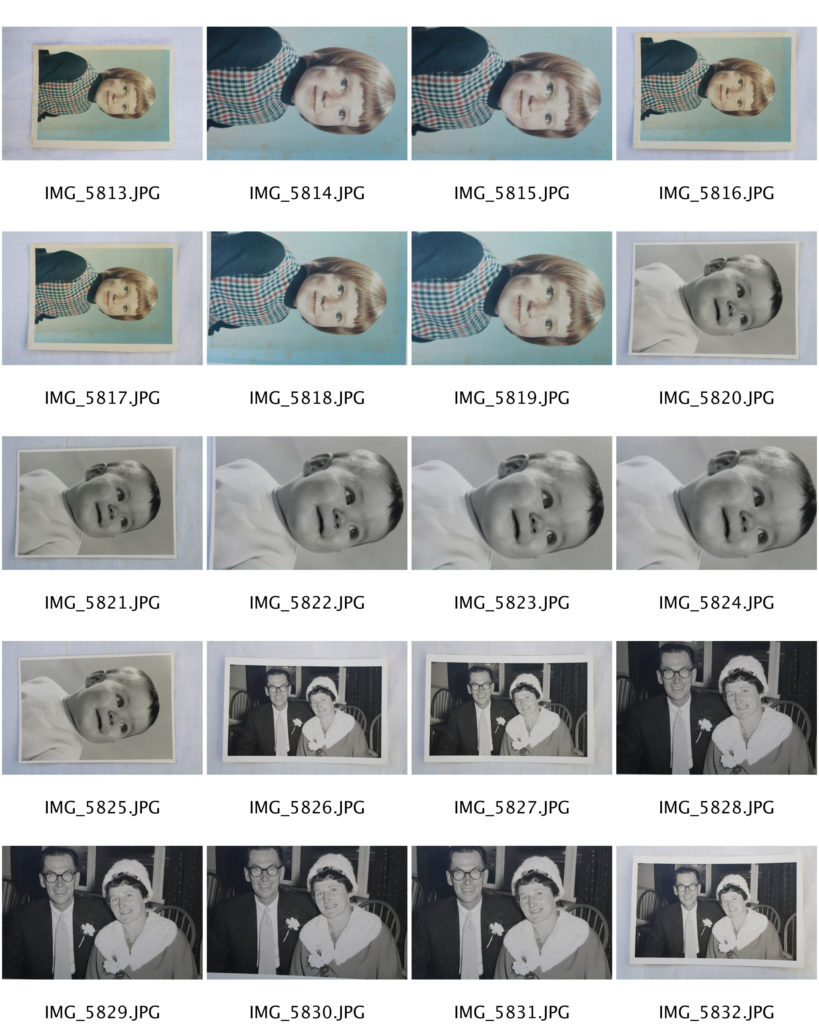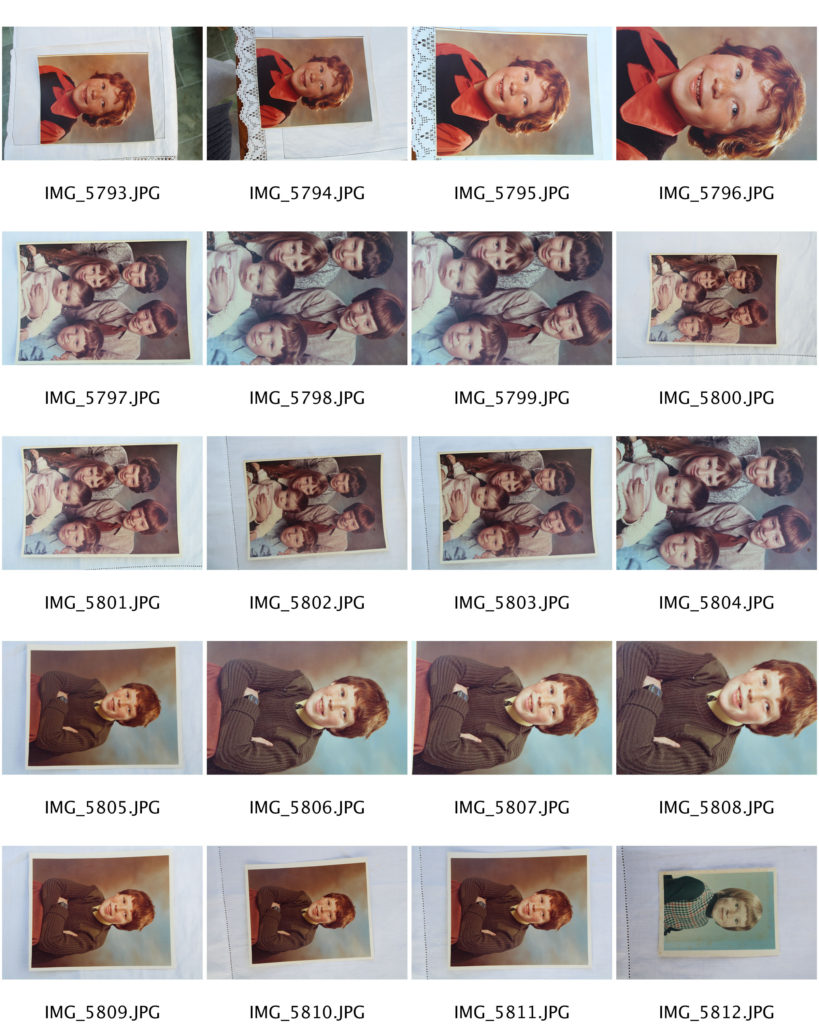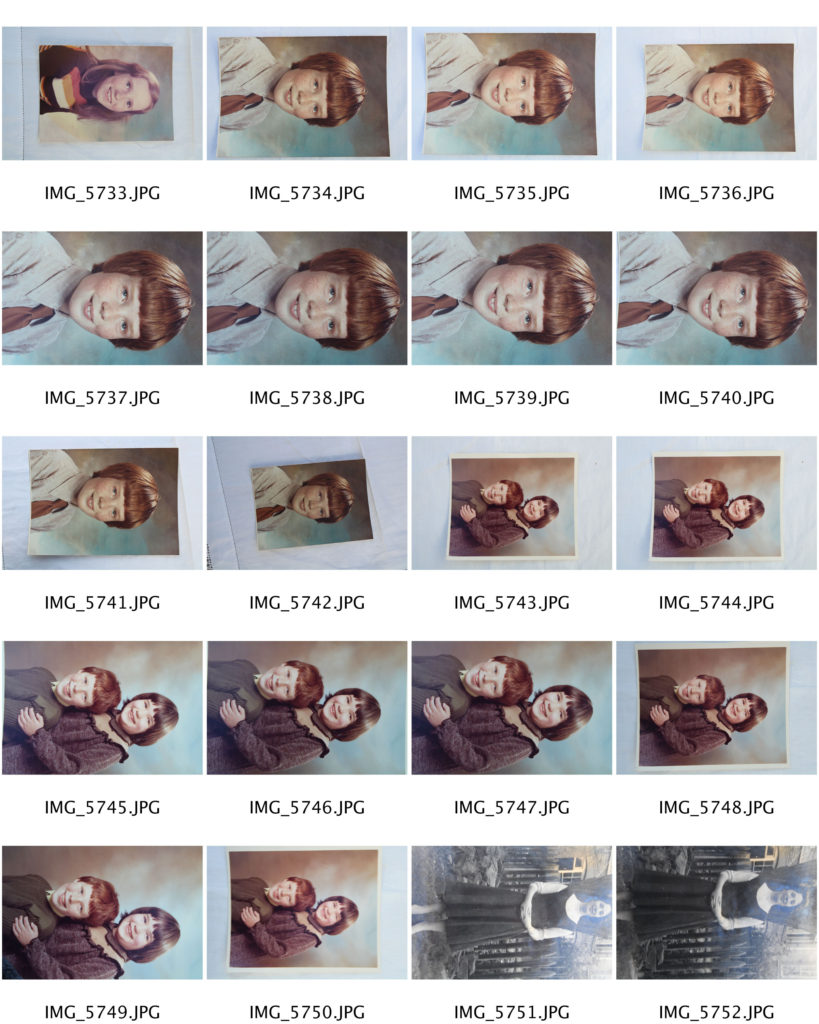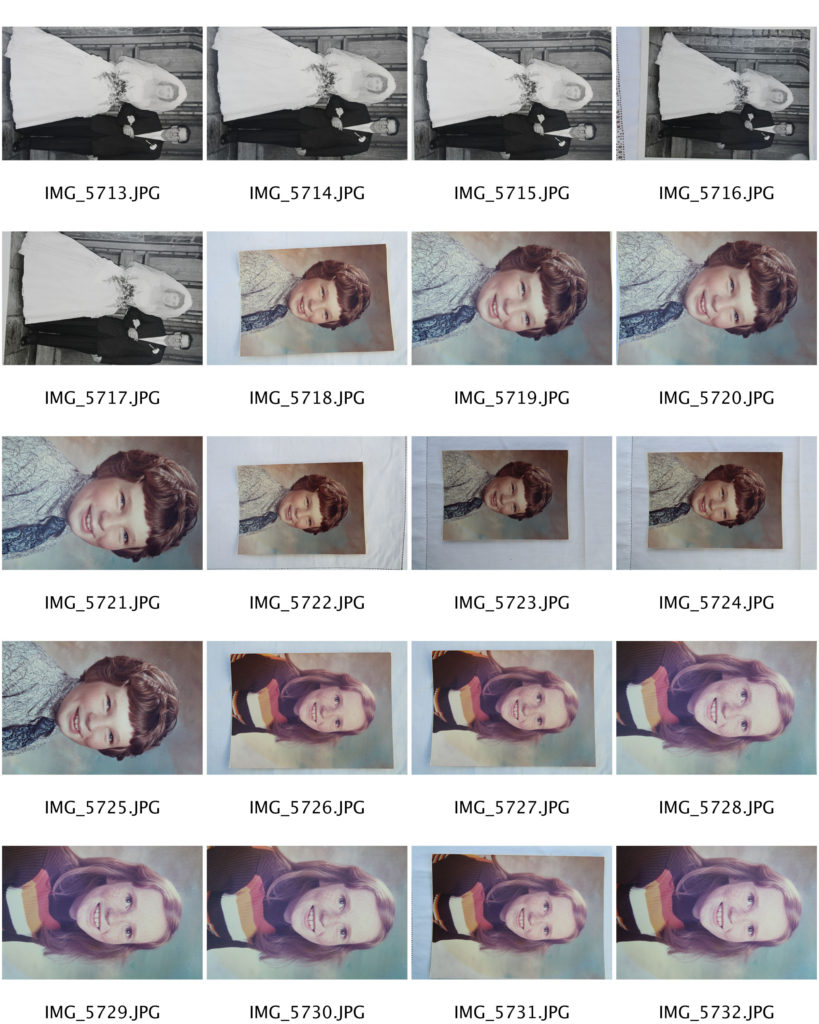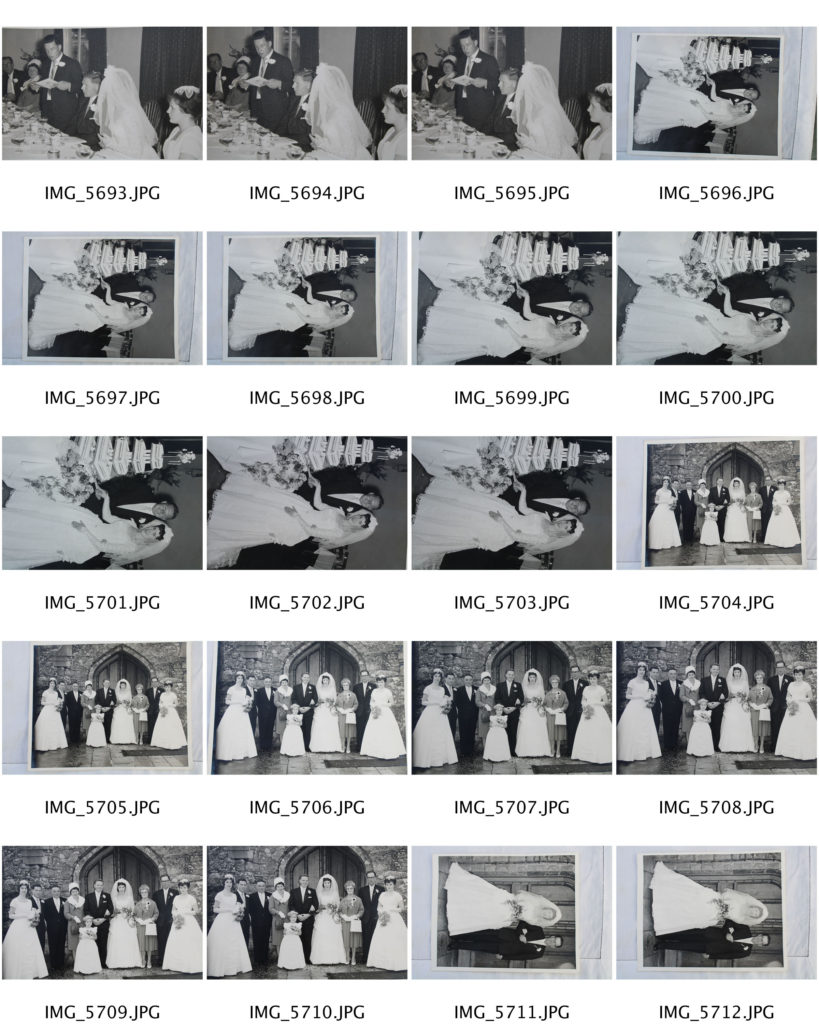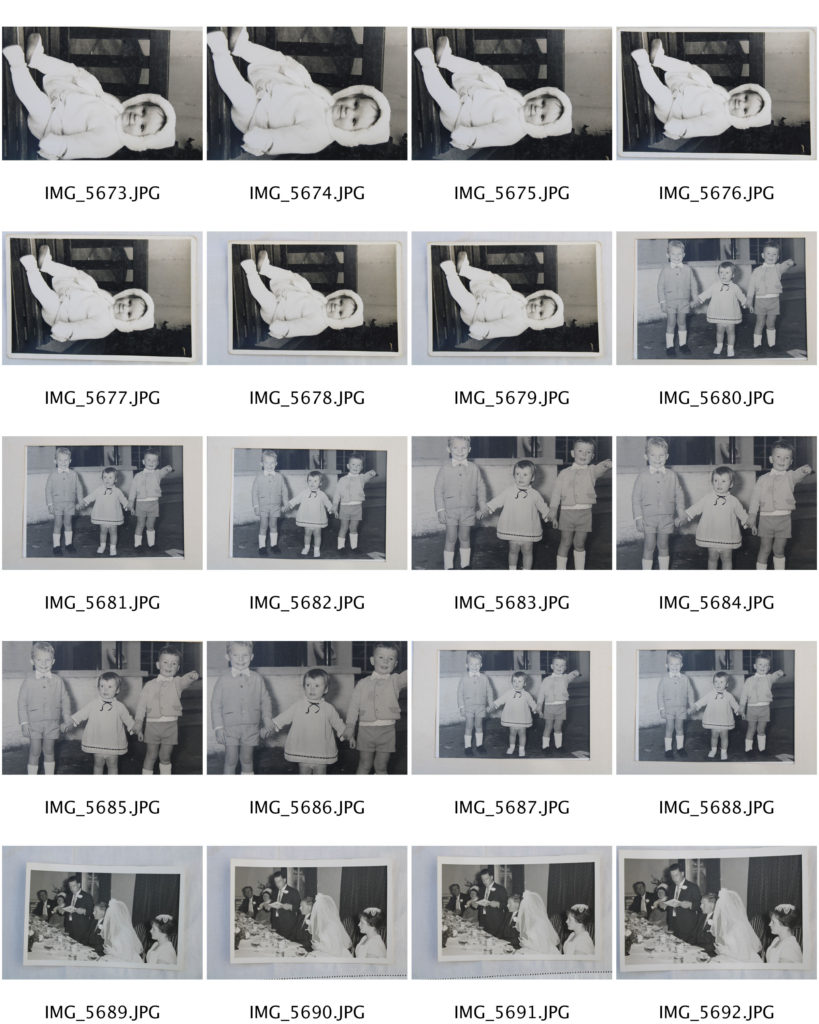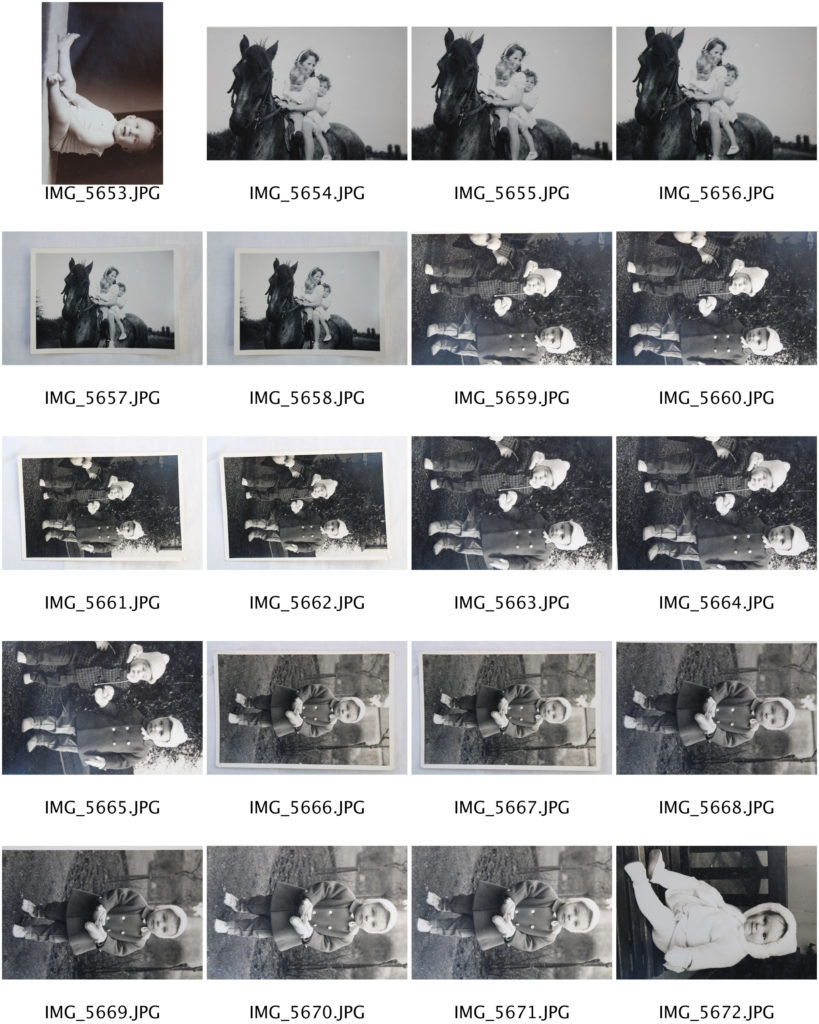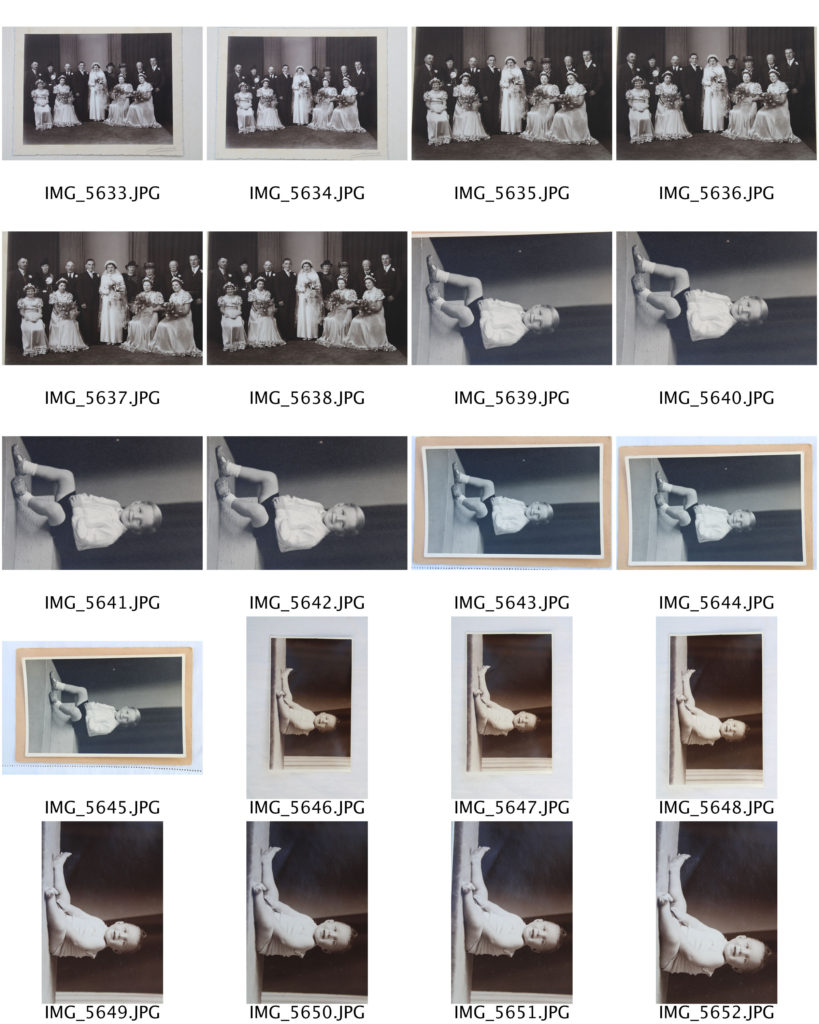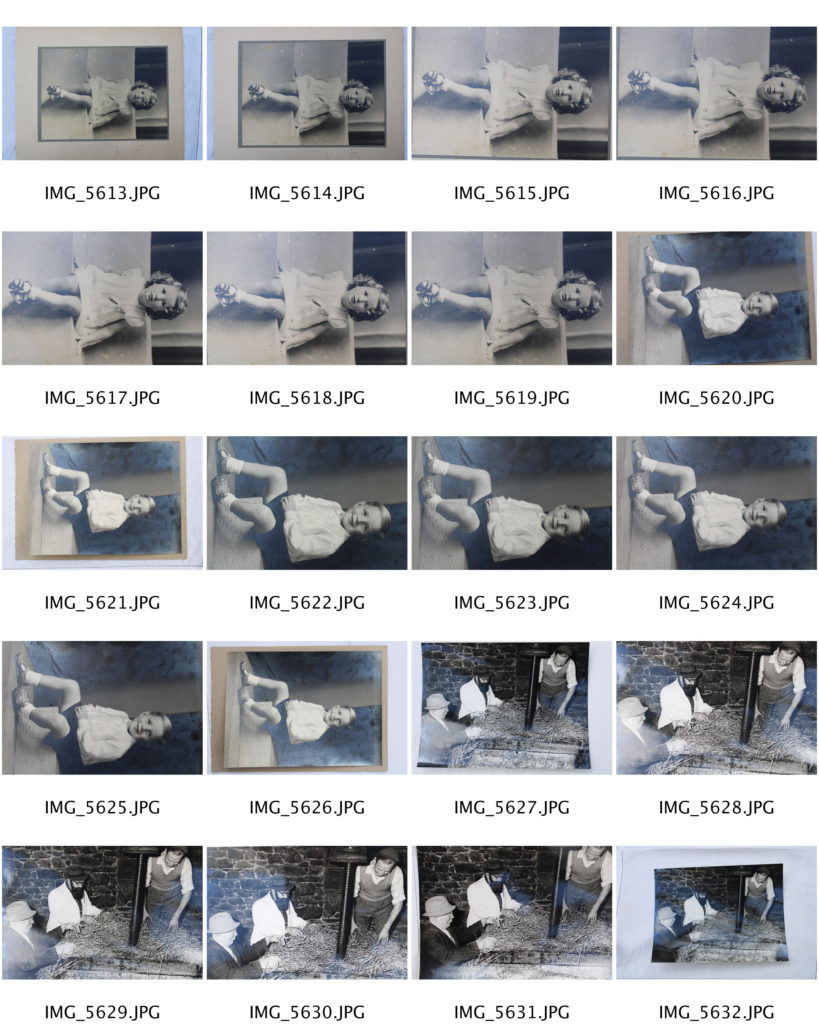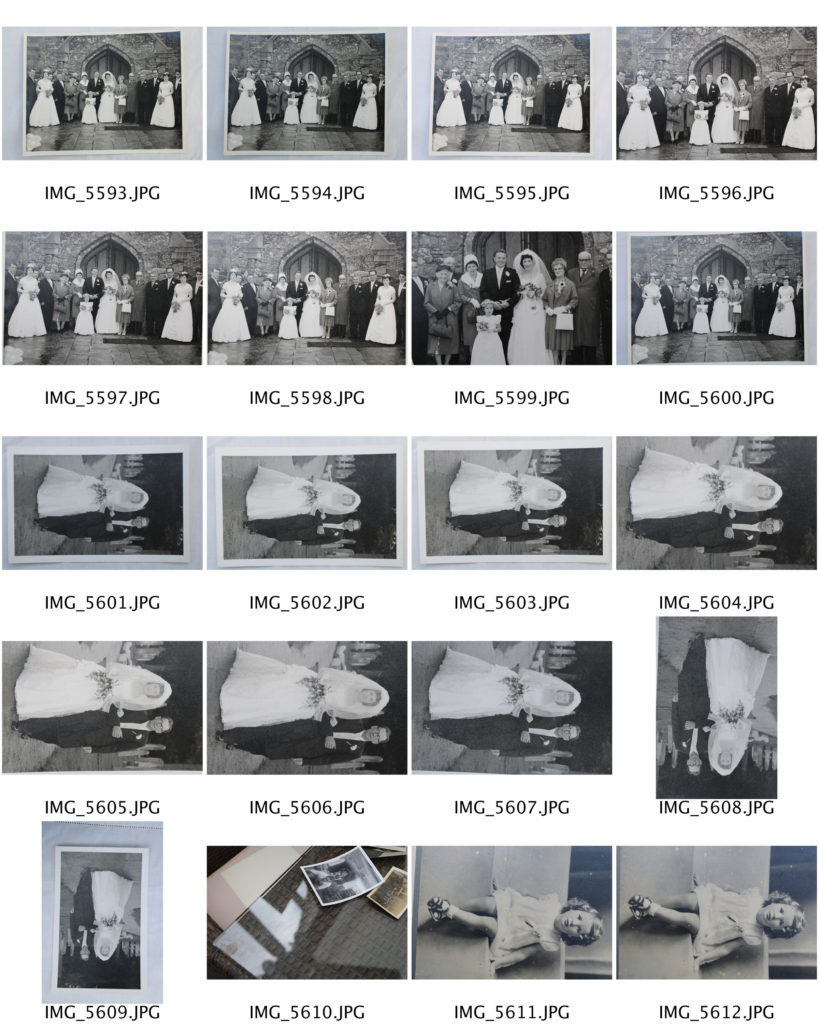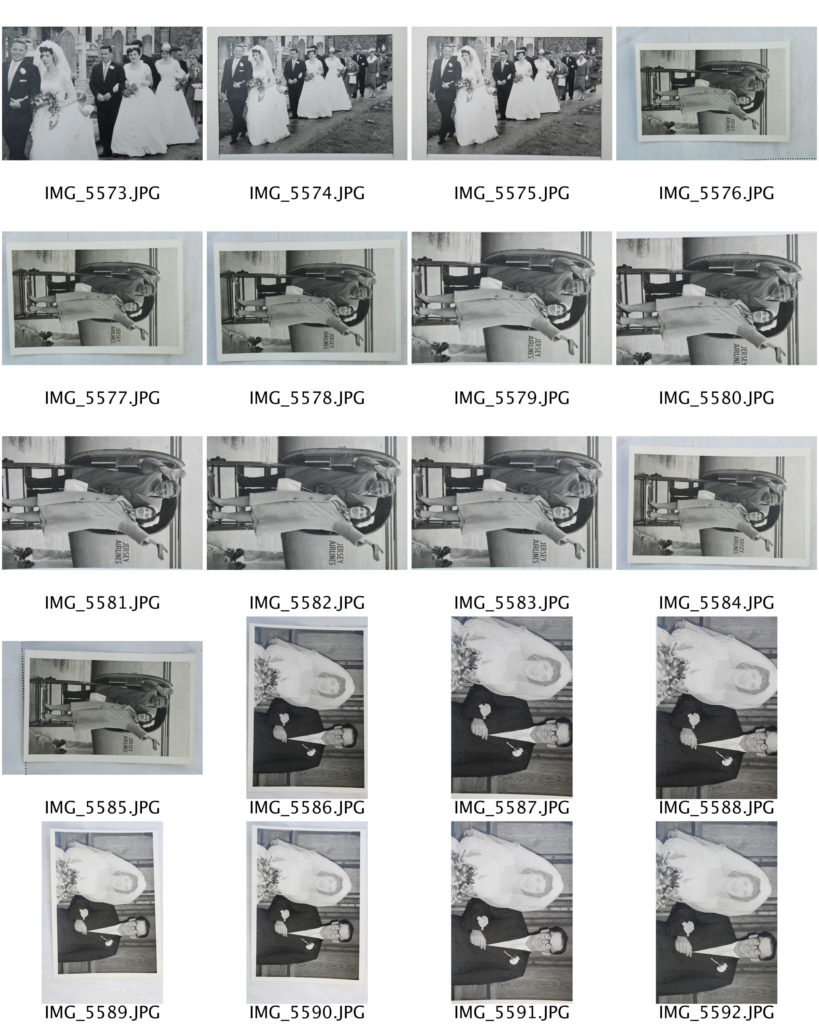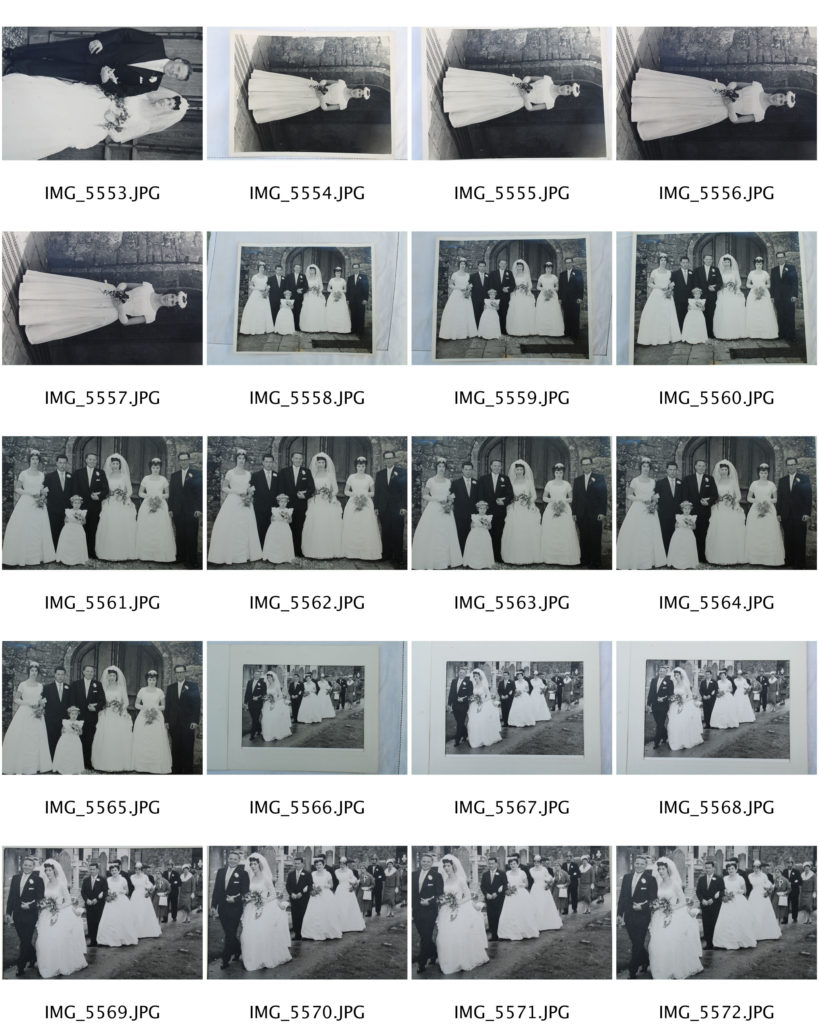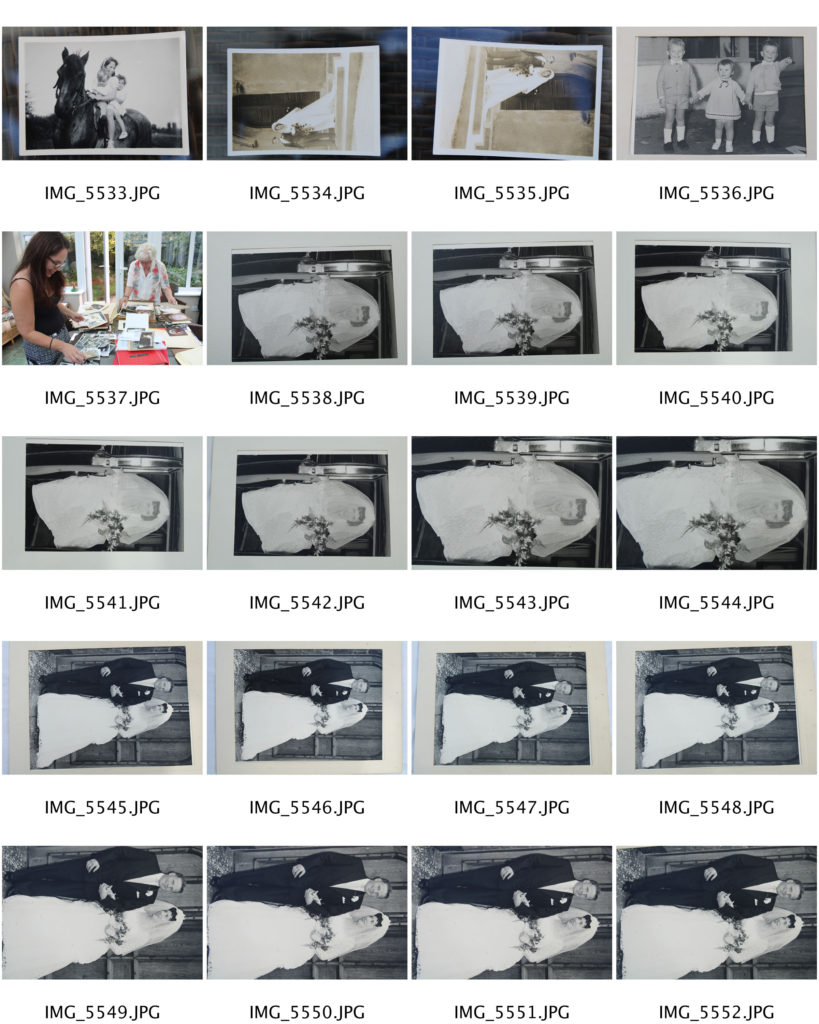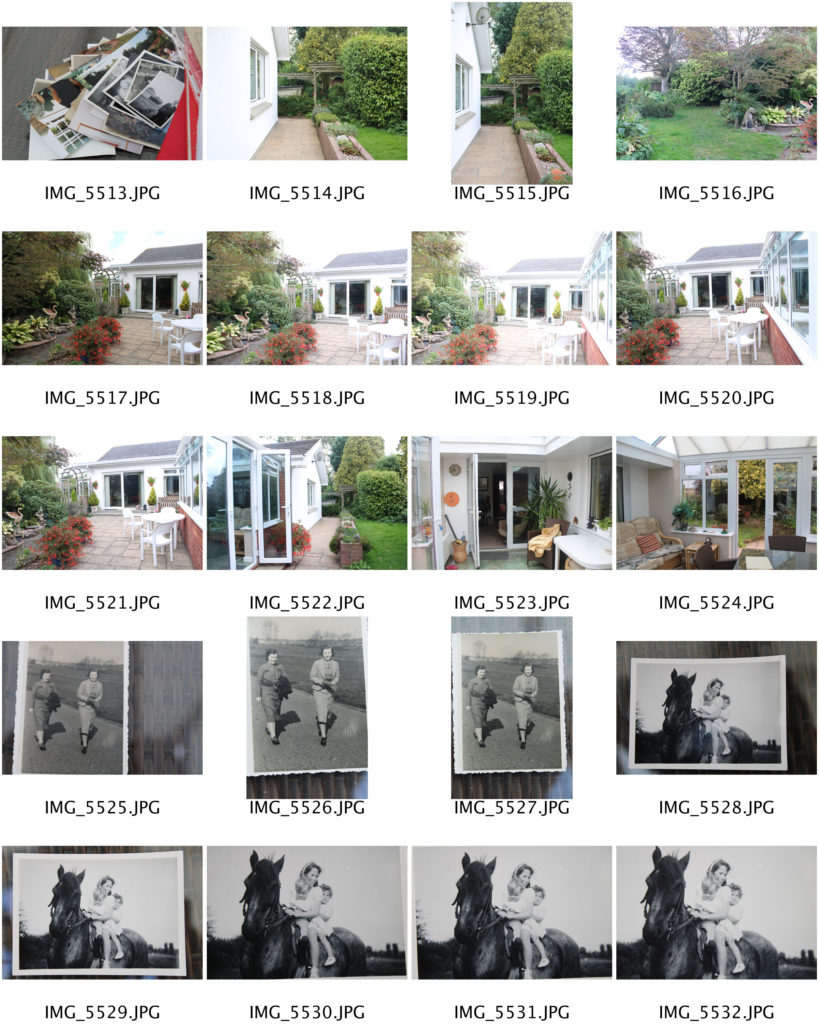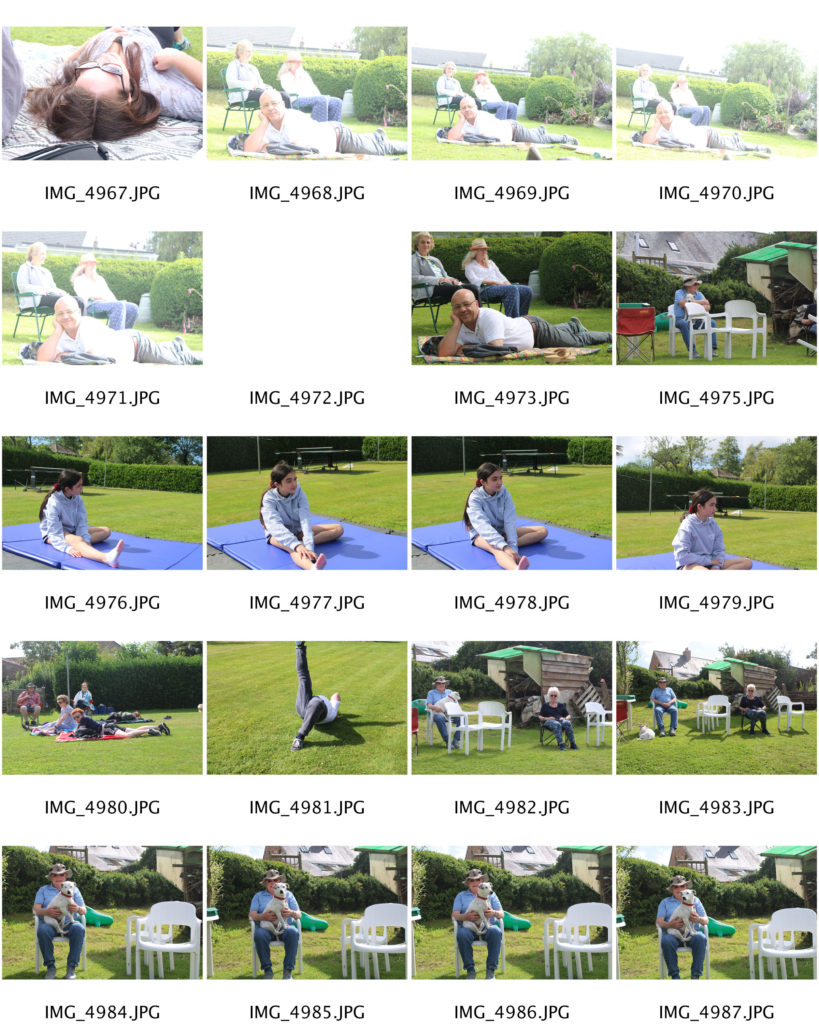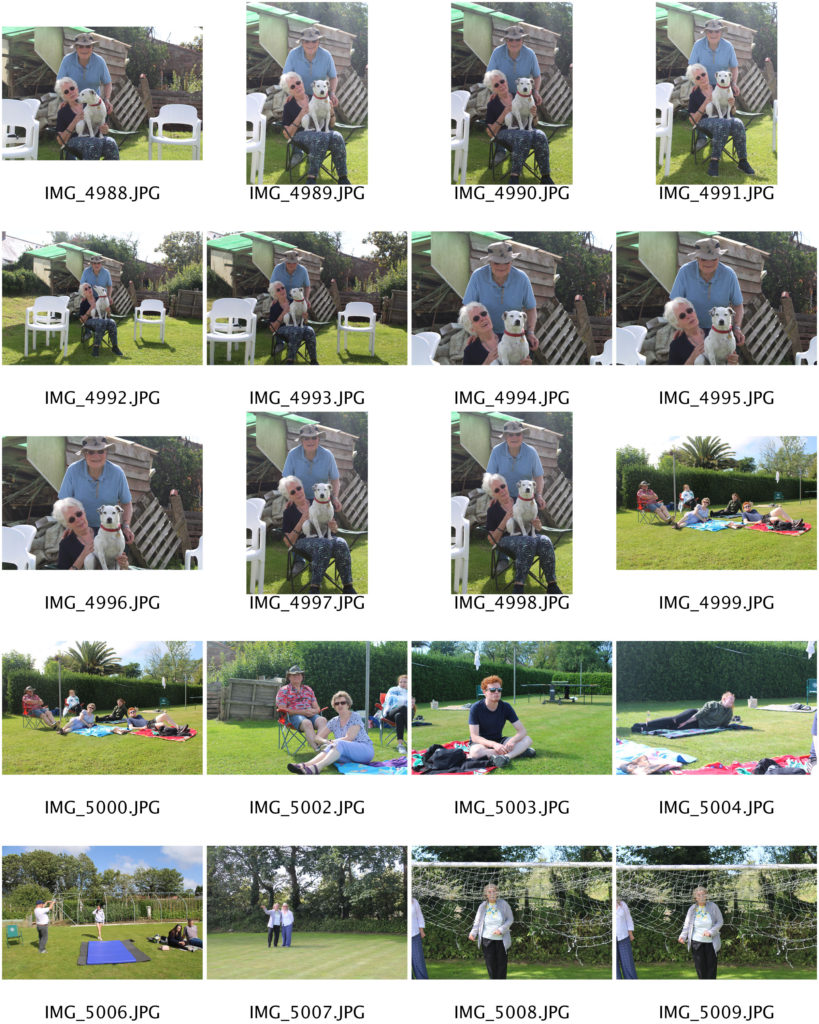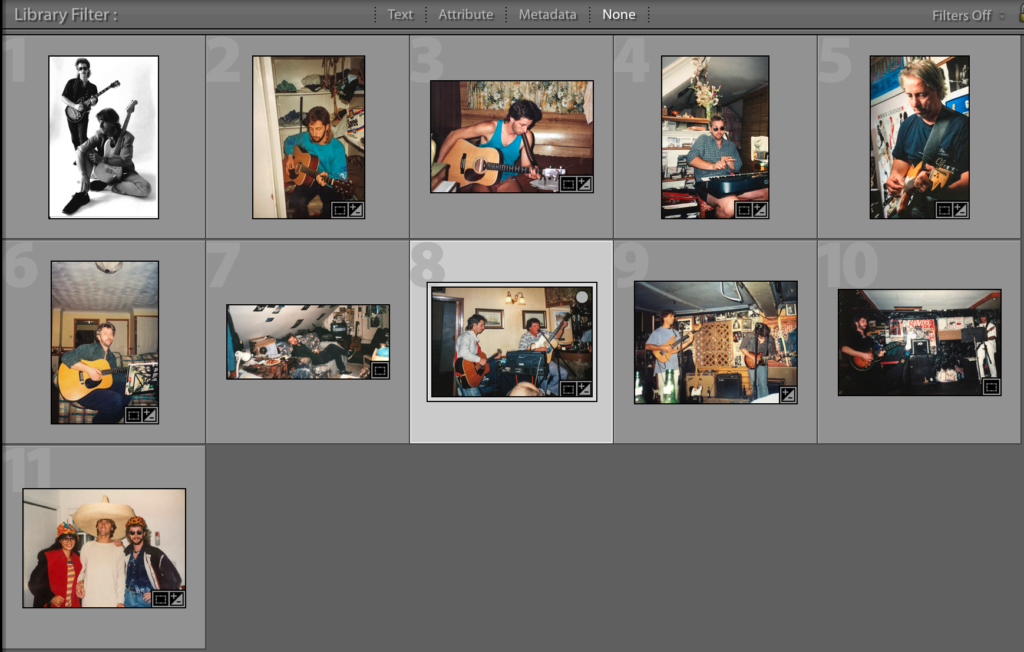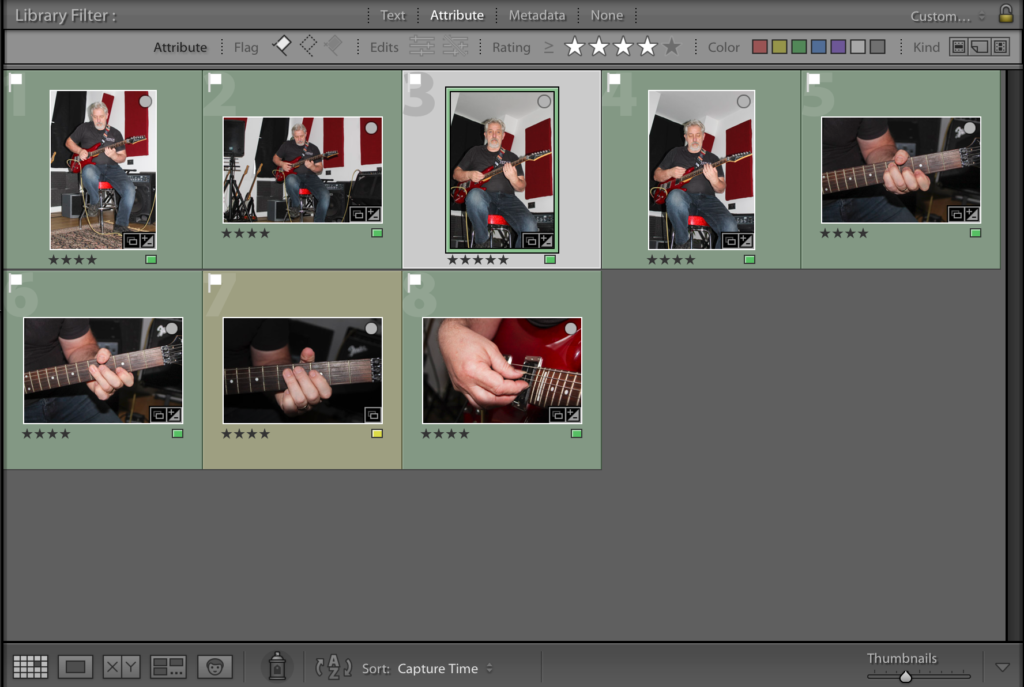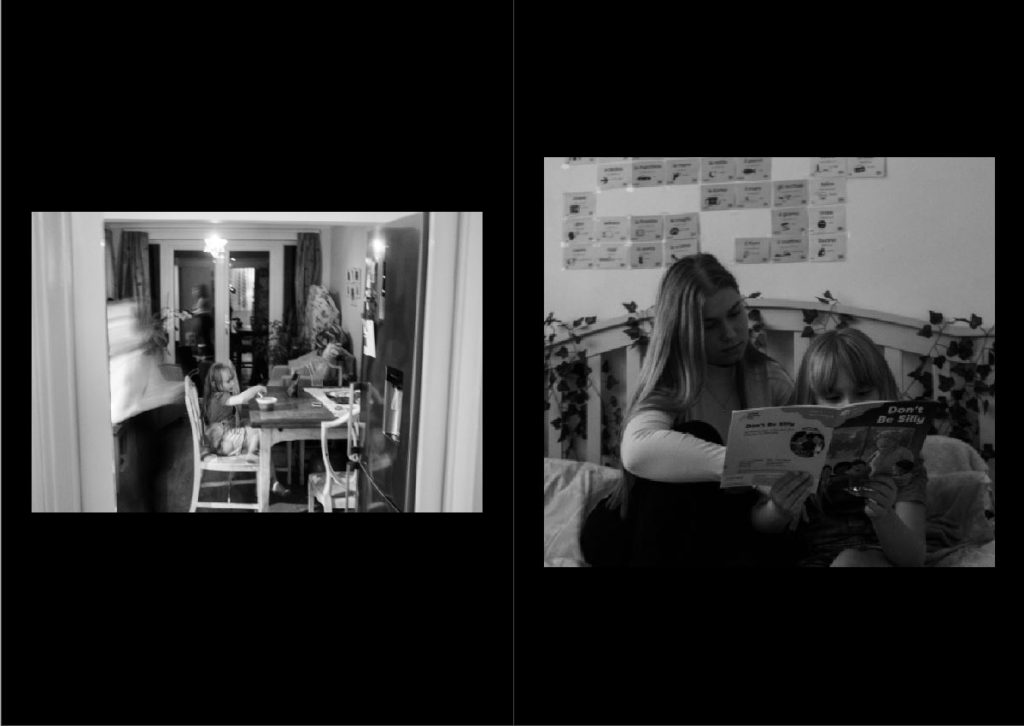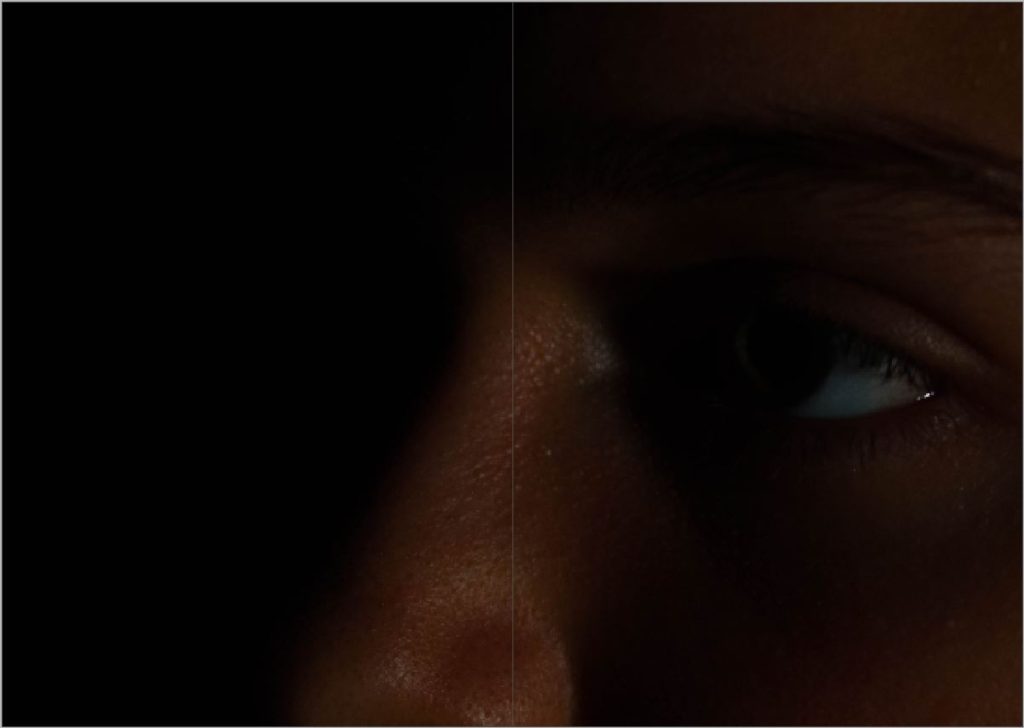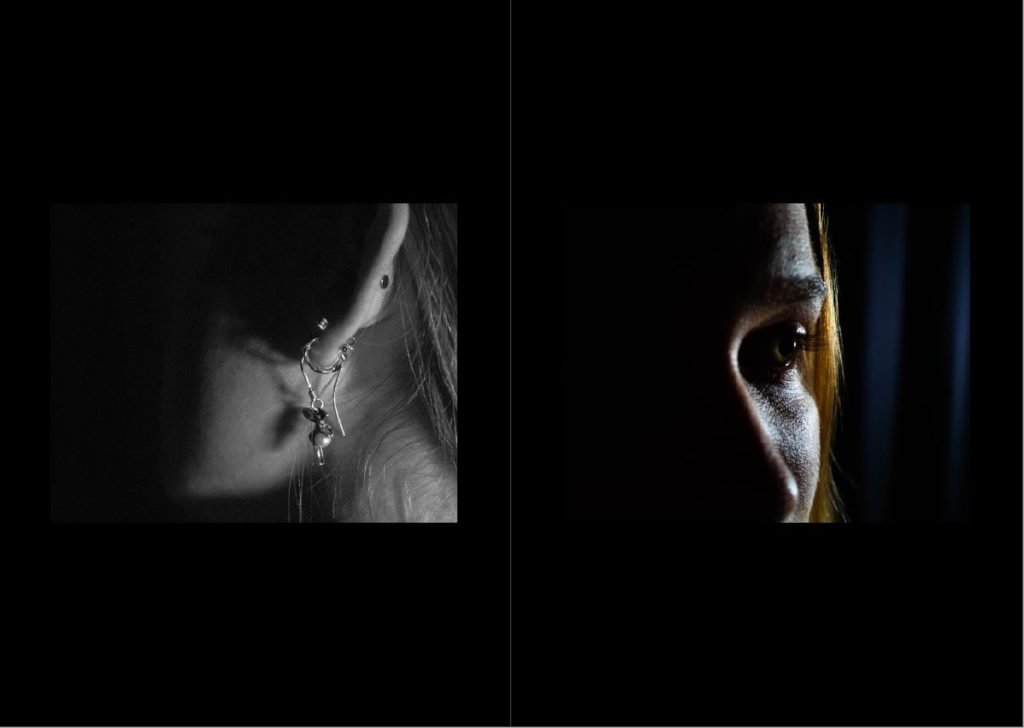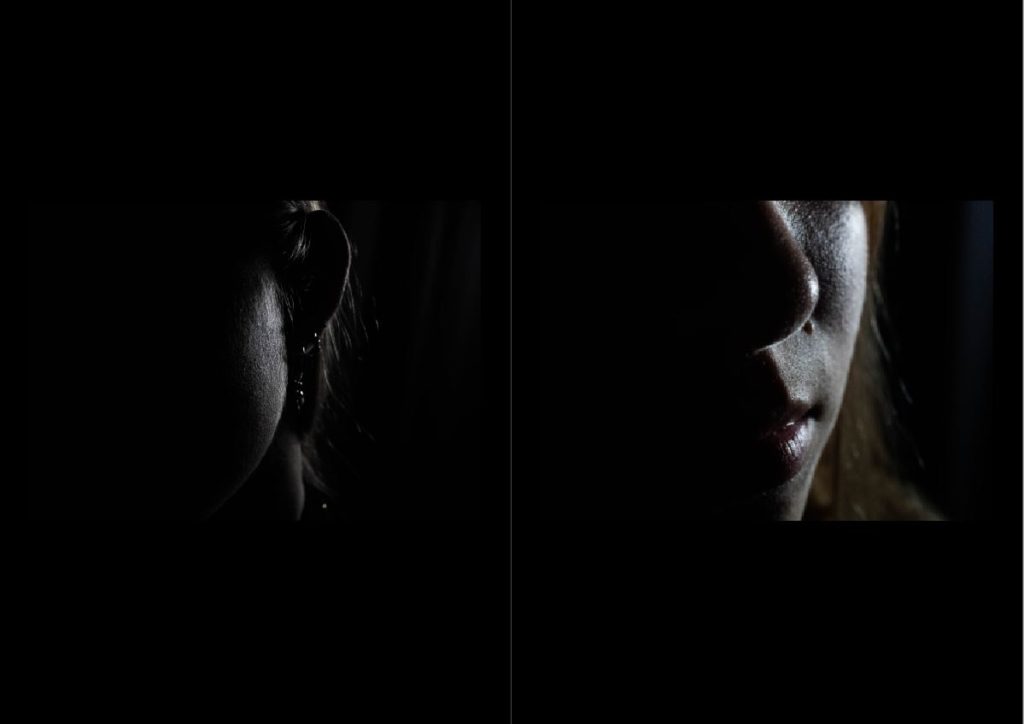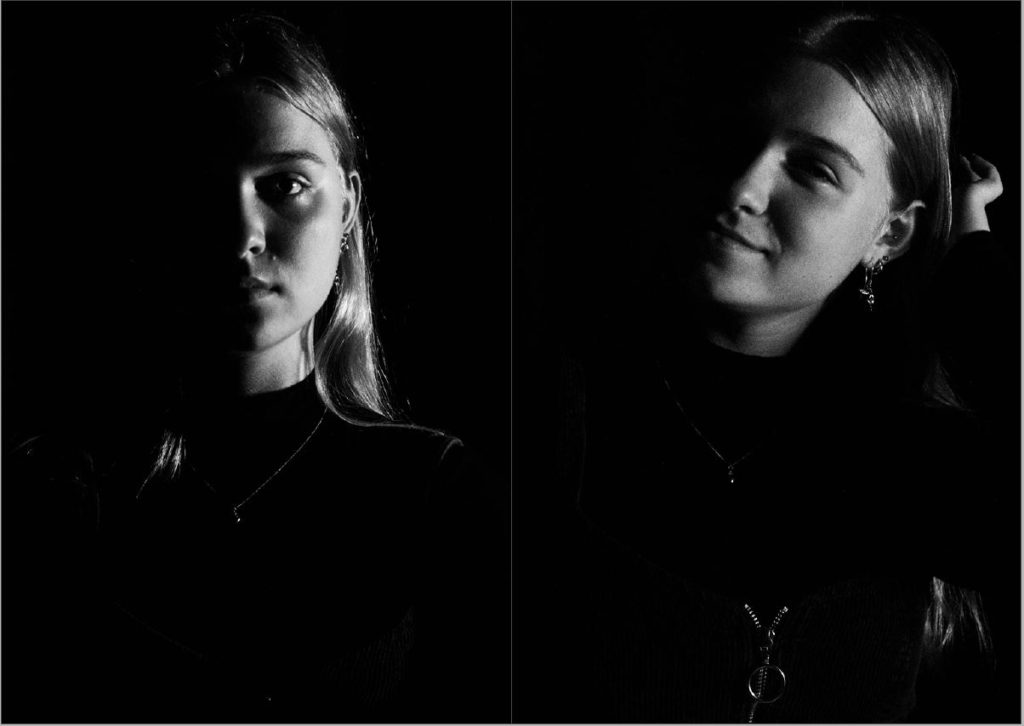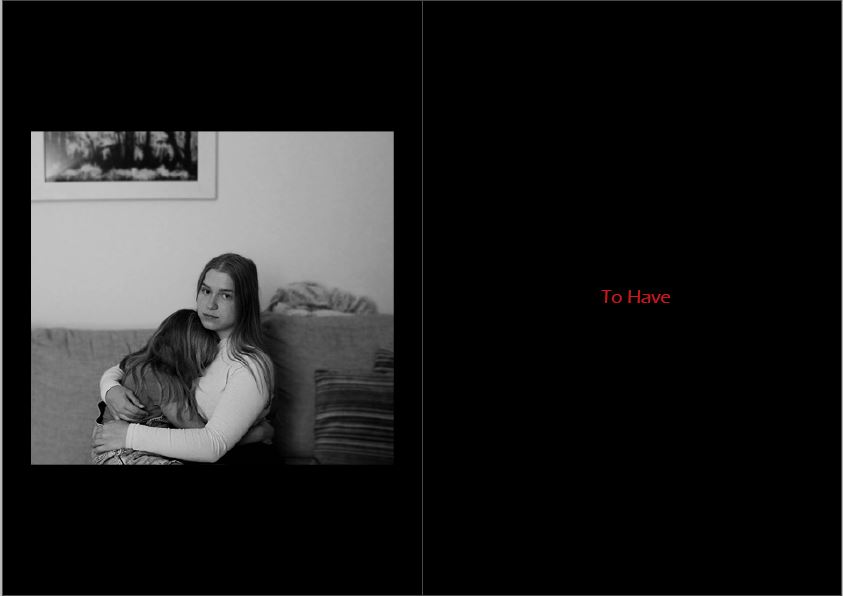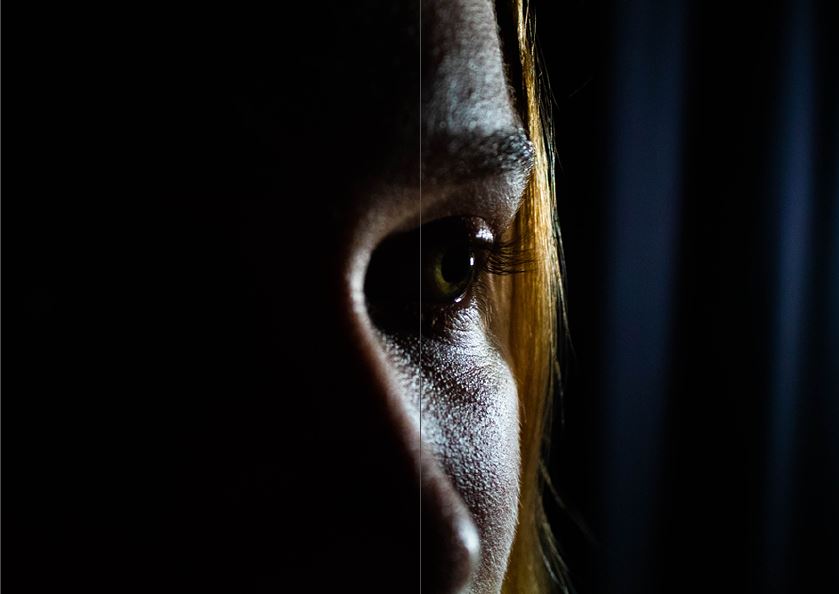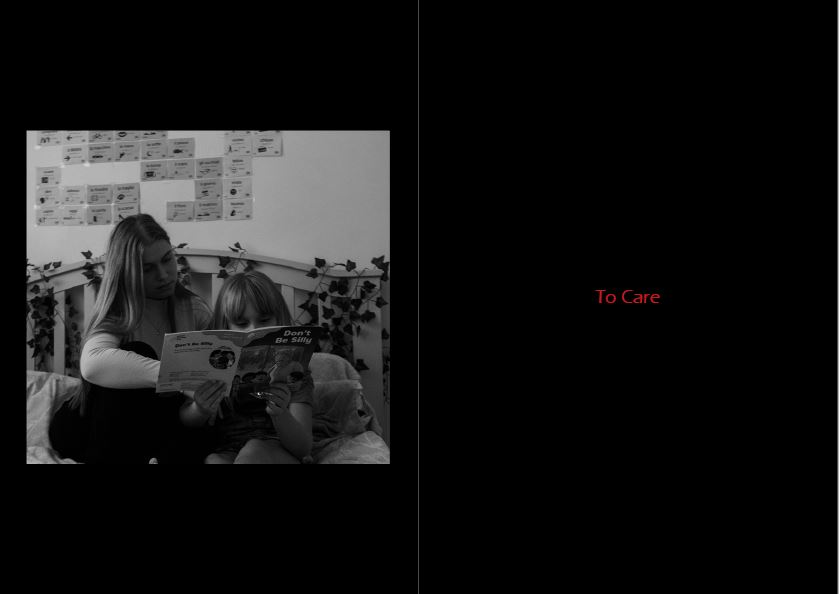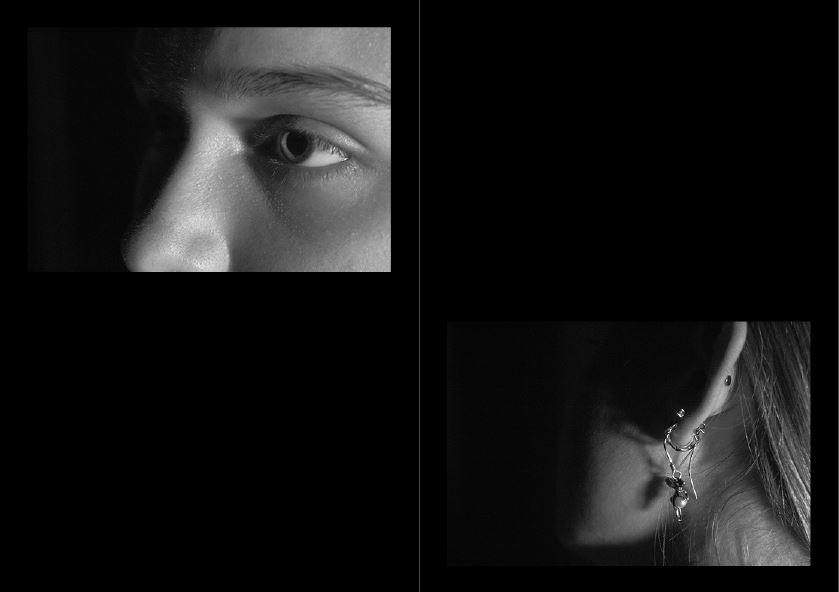Concrete Jungle by Dale Konstanz
In the zine ‘Concrete Jungle’ by Dale Konstanz, the images on each page show a clear link to one another. The photographer has made such a strong connection by following the same basic principle in each image, this being that there is a wall on the bottom half, with greenery flowing over the top. there is an interesting colour scene to the images, with cool grey colours coming from the wall and luscious greens and yellows common g from the jungle aspect of the photos . This clever layout has a direct bond to the title of the Photo-zine, ‘concrete jungle’, (concrete linking to the wall, and jungle linking to the foliage over the top of the wall).
This intelligent thought process has inspired me to ensure that I make clear and well though links with each image through the zine, most importantly to the title. I also enjoy the way the images are displayed on the page. They seem to fill the whole entire page with no white boarders, drawing more attention to the image itself
This equals That by Jason Fulford and Tamara Shopsin
In the book ‘This equals That’ by Jason Fulford and Tamara Shopsin, there is a very clever layout of the photographs, and a clear and thoughtful story. Each image has a certain pattern, shape, colour that is reflected in the next image, each time you turn a page it starts with the image from the last. This reinforces the storyline, linking one image to another. The bond between the photos in shown in the image above (the first image image in the book), where the triangle of the wooden structure is complemented with the triangular shape of the sharks mouth.
The two images also contrast each other in colour, blue and red. I am particularly interested in the formal boarders around each image, which makes a brilliant systematic lay out. The book then finishes the the staring photograph liking back to the start of the book, but also giving a well rounded end photograph, showing the book has a clear and structured end and beginning. I would like to ensure that in my own photo-zine, there is a clear end and beginning. I would also like there to be contrast and links between photographs like in ‘This equals That’.
Looking For Alice by Sian Davey
In the book ‘Looking For Alice’ by Sian Davey. The images are interestingly layed out in the book, for example in the image above, the photo fills one side of the page, however it only fills one half on the next. This leaves an intriguing black space on the right hand side of the pages. This is a clever concept and I may use this idea in my own photo-zine.
All Quiet on the Home Front by Colin Pantall
These three images are from the book ‘All Quiet on the Home Front’ by Colin Pantall. The two images on the top are of his daughter (which the book is about). I really enjoy the layout of the two images on the left page, they seems to mirror each other even though they are different images. in all three photographs they seem to be positioned on the page to make them look like Polaroid pictures. I may use this interesting layout in my photo-zine.
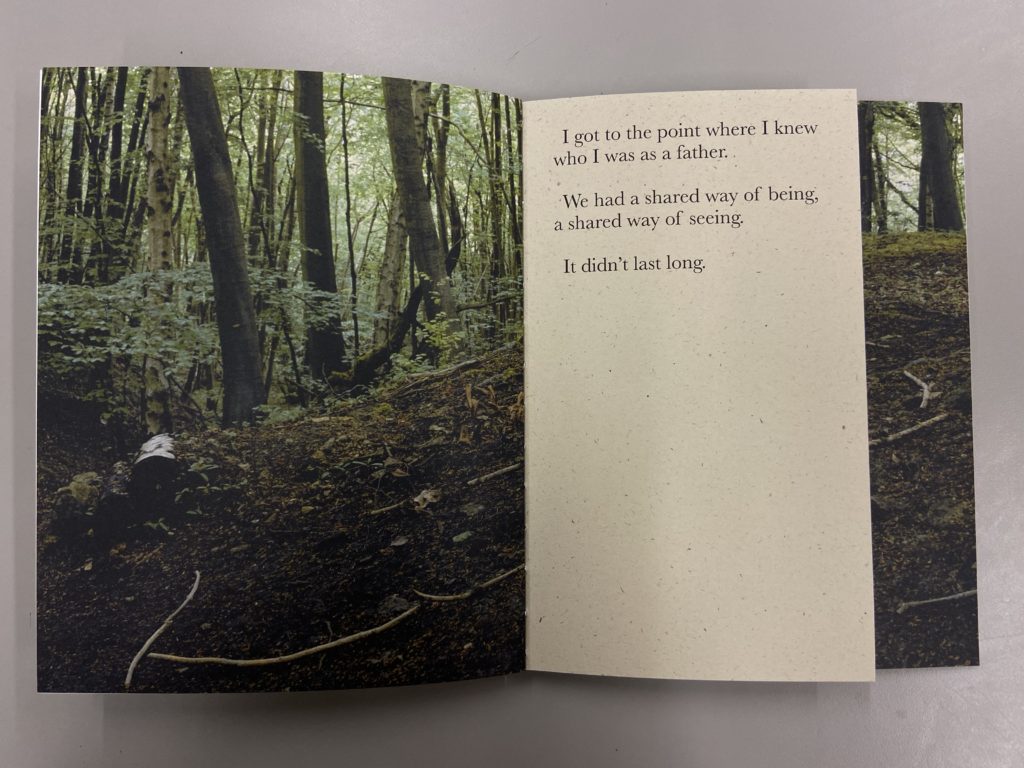
In the book he explains, using text on some pages, that he didn’t know who he was until his daughter was born, and after tat moment he became a father. I like the way Pantall uses smaller pages to narrate the book using small sentences. It makes sure the viewer understands what the story is about, and breaks up the photos in the book slightly.

